Which LED display to choose?
Before making the decision, a few important factors need to be considered. They may have an influence on the price, quality, and effectiveness of the advertisement.
1. Board size.
The first parameter to start from when choosing the right LED display is its size.
a) Board size vs. height of characters. Height of characters directly influences the maximum distance that the displayed message can be seen from. The taller the signs, the bigger the distance one can read them from and the bigger the range the display will cover. Since board height rarely corresponds with height of characters, it is always worth checking the maximum height of displayed characters. For illustrative purposes it is assumed that every 10 centimetres of height of characters translates into 50 metres of readability distance. Based on that we receive the following relations:
| Height of characters | Optimum readability distance |
| 10 cm | up to 50 metres |
| 20 cm | up to 100 metres |
| 30 cm | up to 150 metres |
| 40 cm | up to 200 metres |
| 50 cm | up to 250 metres |
| 60 cm | up to 300 metres |
b) Board width. That parameter determines the number of signs of determined height that can fit into a message at one time. The wider the board, the longer the slogans that can be displayed. It is best to try to match the board width with messages to be displayed. Unfortunately, there is no simple relation between height of a sign and its width. There are fonts of different width to choose from, plus individual characters are different in width, e.g. “i” and “w”, that is why it is always worth consulting us first. We are able to test and check how chosen slogans look on various types of panels, or suggest some other type of a panel that your desired slogans would perfectly fit to. In any case, do not hesitate to contact us before making your decision.
2. Resolution and distance between the pixels.
That is the second most important criterion that ought to be taken into consideration when choosing a LED display. That parameter is quite often ignored at the very beginning of a search. In most cases one only cares about the size and the price of a display while it is the resolution that determines the quality of messages and the board's capabilities. Some panels similar or equal in size may have substantial differences in resolution. The basic difference is the distance between pixels (diodes) on the panel. The closer they are to each other, the more of them is there on the board and the higher the resolution. Such differences may be very big as there are displays with distance between the diodes from 10 mm up to 30 mm. It is a great gap in the technological sense and if we compare the number of diodes in 1m², the numbers will easily show us just how different products they are.
| Distance between diodes | Resolution of 1m2 of screen | Number of pixels |
| 10 mm | 100 x 100 px | 10 000 |
| 20 mm | 50 x 50 px | 2 500 |
| 25 mm | 40 x 40 px | 1 600 |
As it can be seen in the table, distance between pixels translates into number of diodes, thus is determines the imaging and the quality of characters or graphics presented on a display, therefore taking this parameter into consideration while comparing displays is highly recommended.
3. Text display vs. graphic display.
Text displays are devices that can display characters (letters and digits) available on a classic computer keyboard. In case of text panels, signs are usually displayed in one row. Graphic displays are devices that can displays both text and graphics. Text can be displayed in any language and any font that is installed on the computer. In addition, text or graphics can be presented in one or several rows of any size. These capabilities are the advantage over text displays. You can visit the gallery of text and graphic displays for comparison.
4. Monochromatic display vs. 7-colour display.
One of the dilemmas one faces when choosing a display is in the right colour of light. There are monochromatic and 7-colour panels to choose from. 7-colour displays seem to be more eye-catching and they are not so common, therefore they may seem more attractive. Most popular are text displays, which are equally effective as a light advertisement. The truth is that the choice between a monochromatic display and a 7-colour display is basically just the matter of taste.


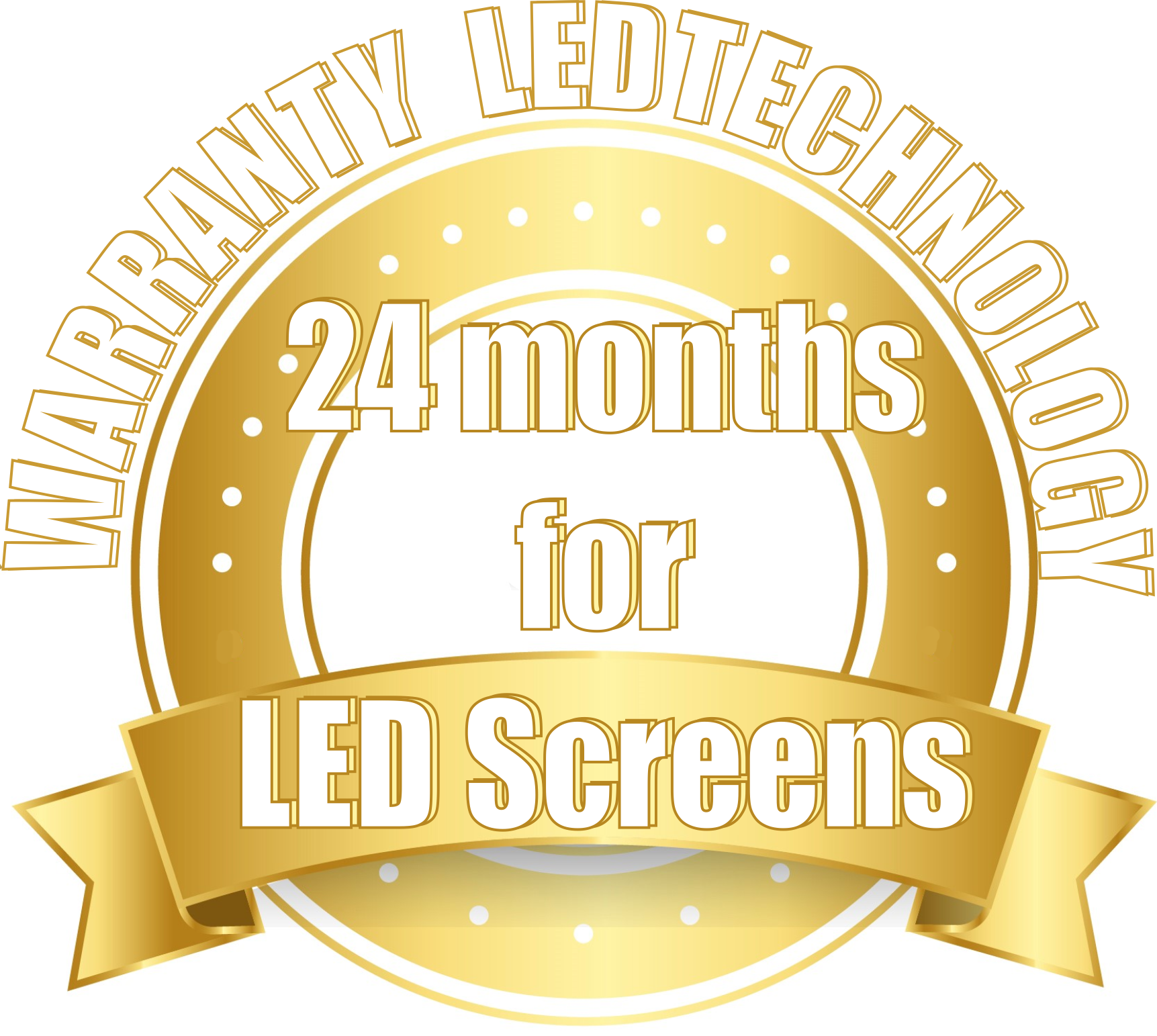
.JPG.jpg)
.png)
.JPG.jpg)
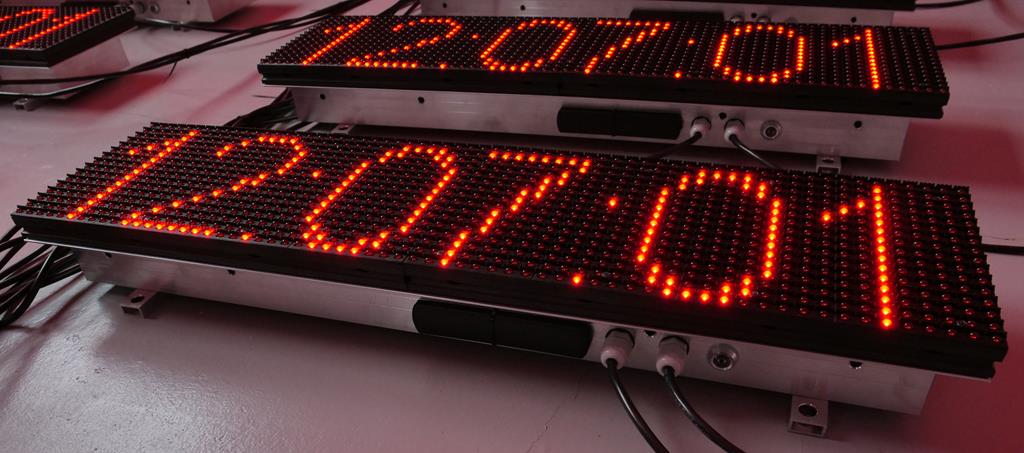
.JPG.jpg)
.JPEG.jpeg)
.JPG.jpg)
.JPG.jpg)
.JPG.jpg)
.JPG.jpg)

.JPG.jpg)
.JPG.jpg)
.JPG.jpg)
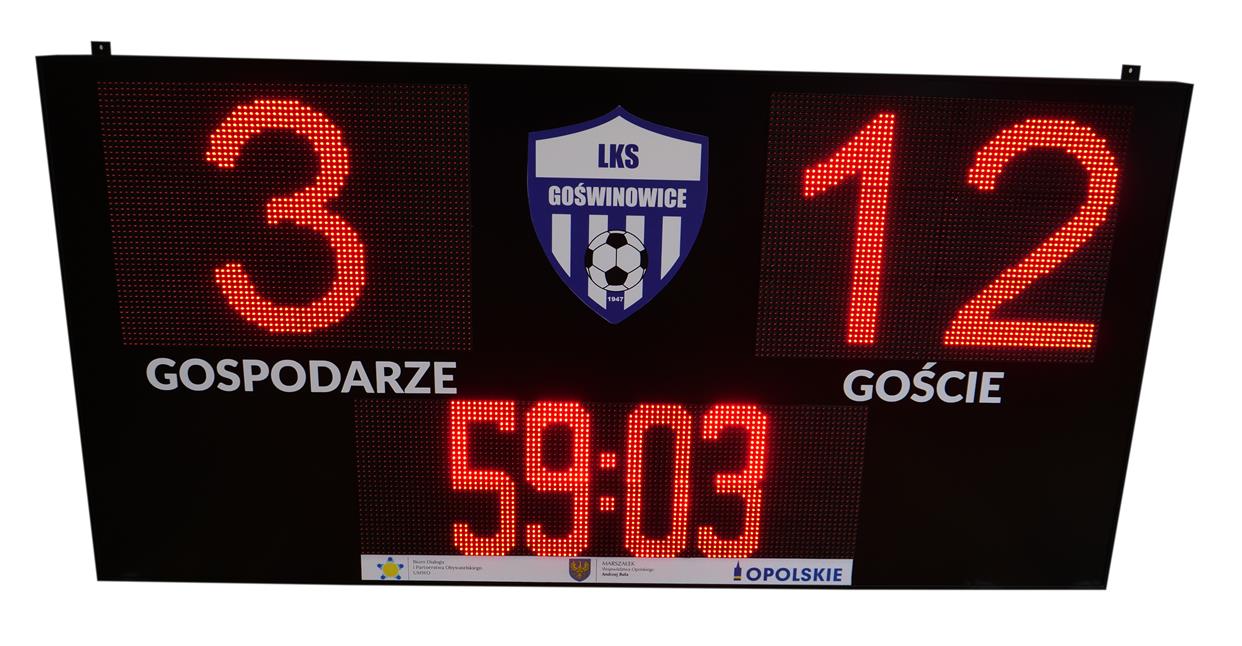

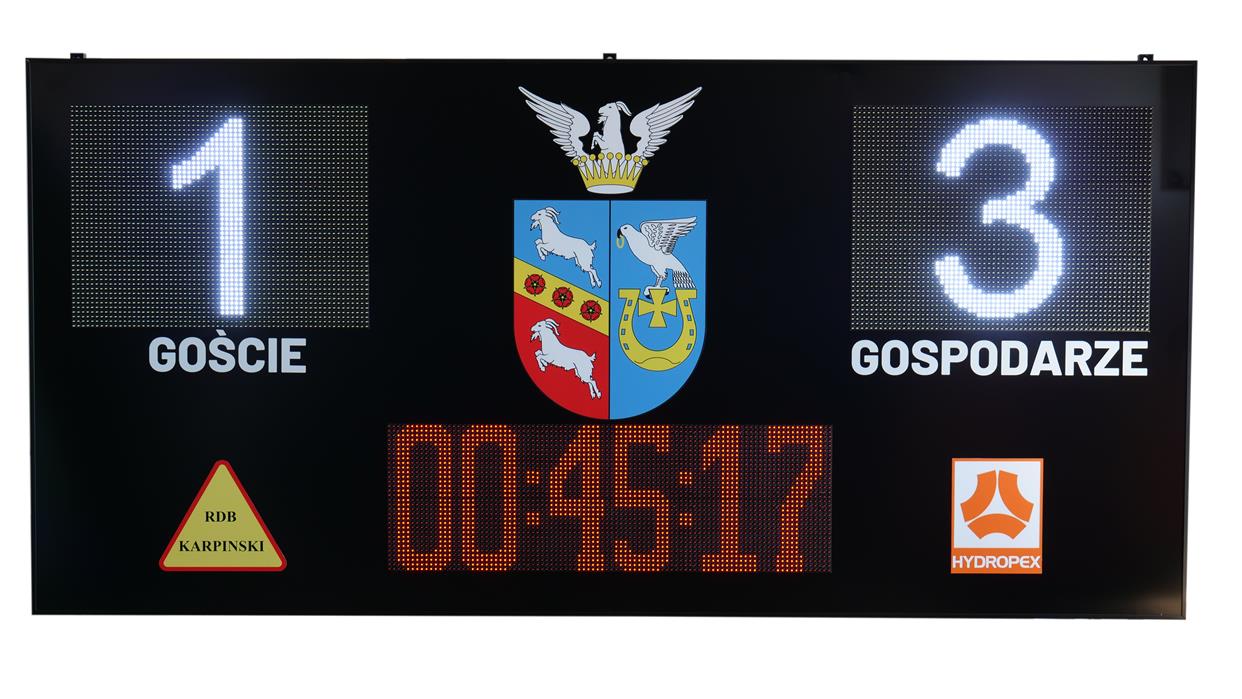

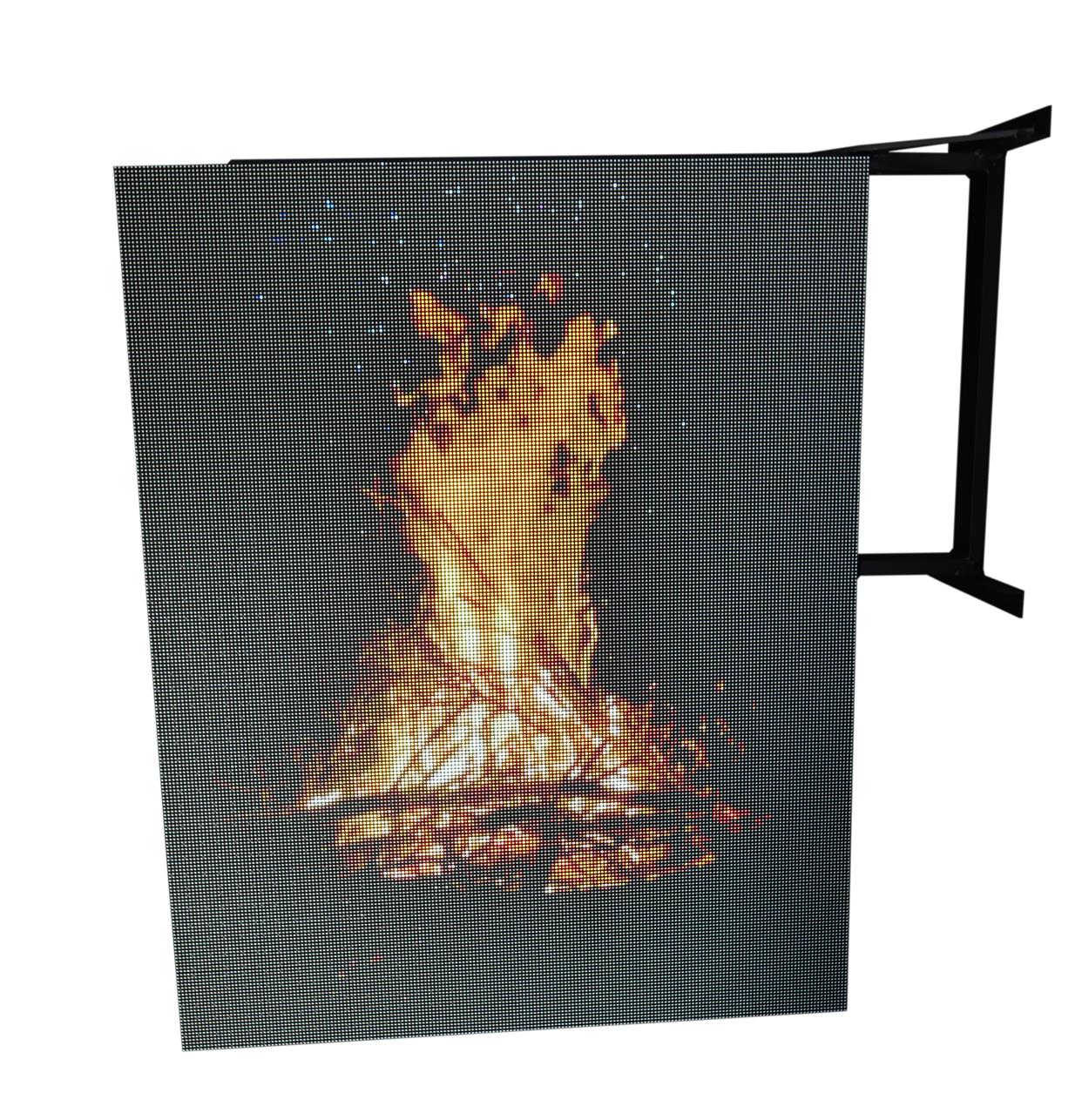
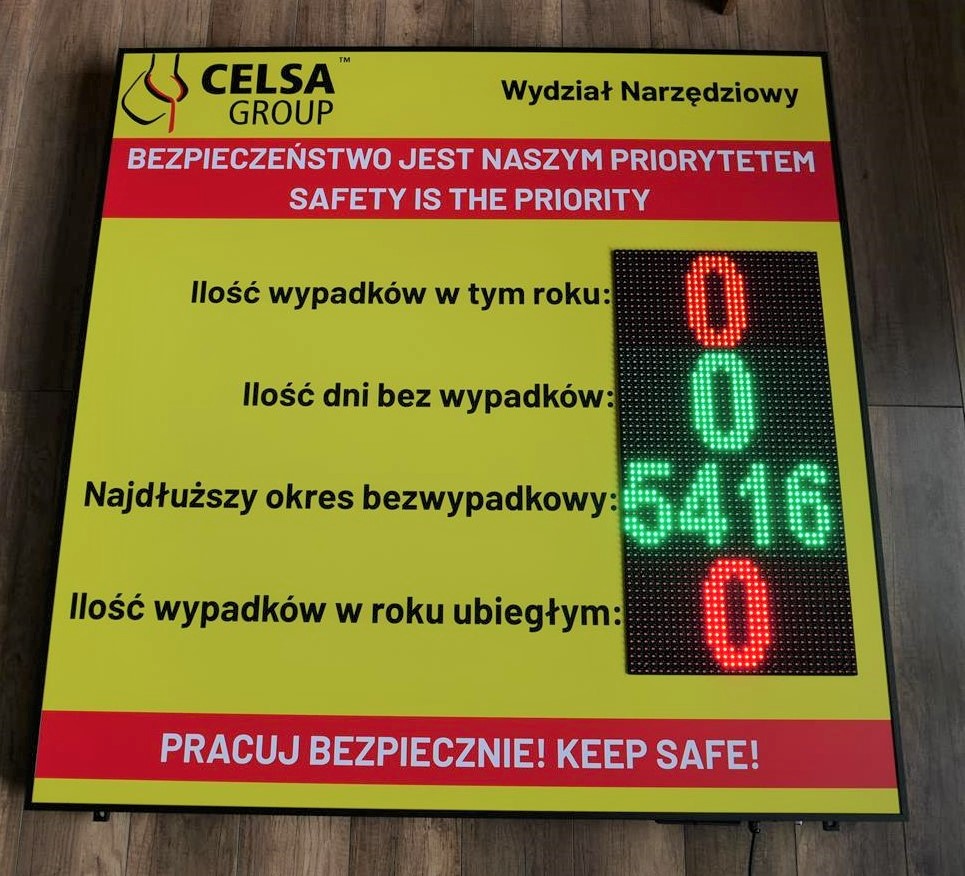

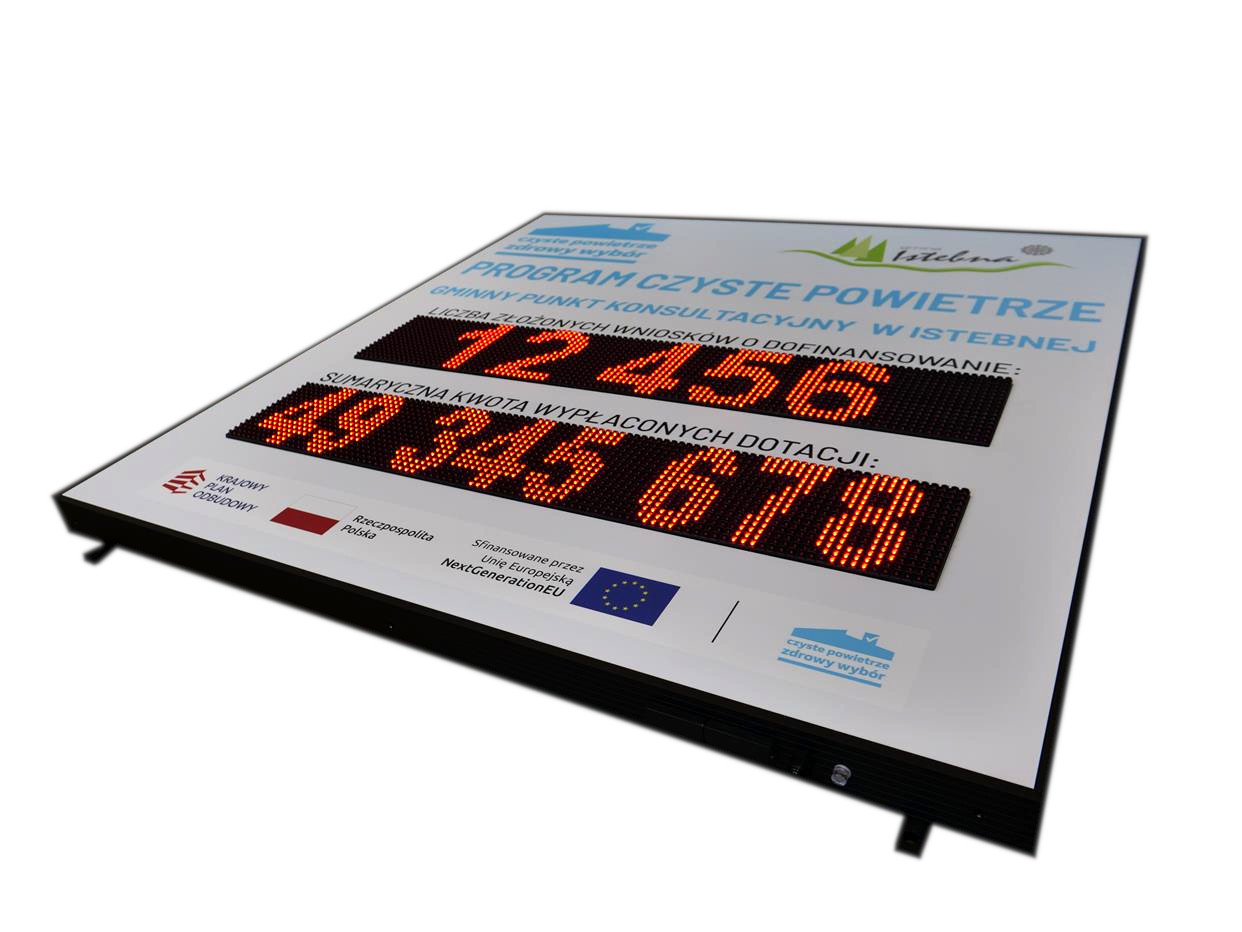
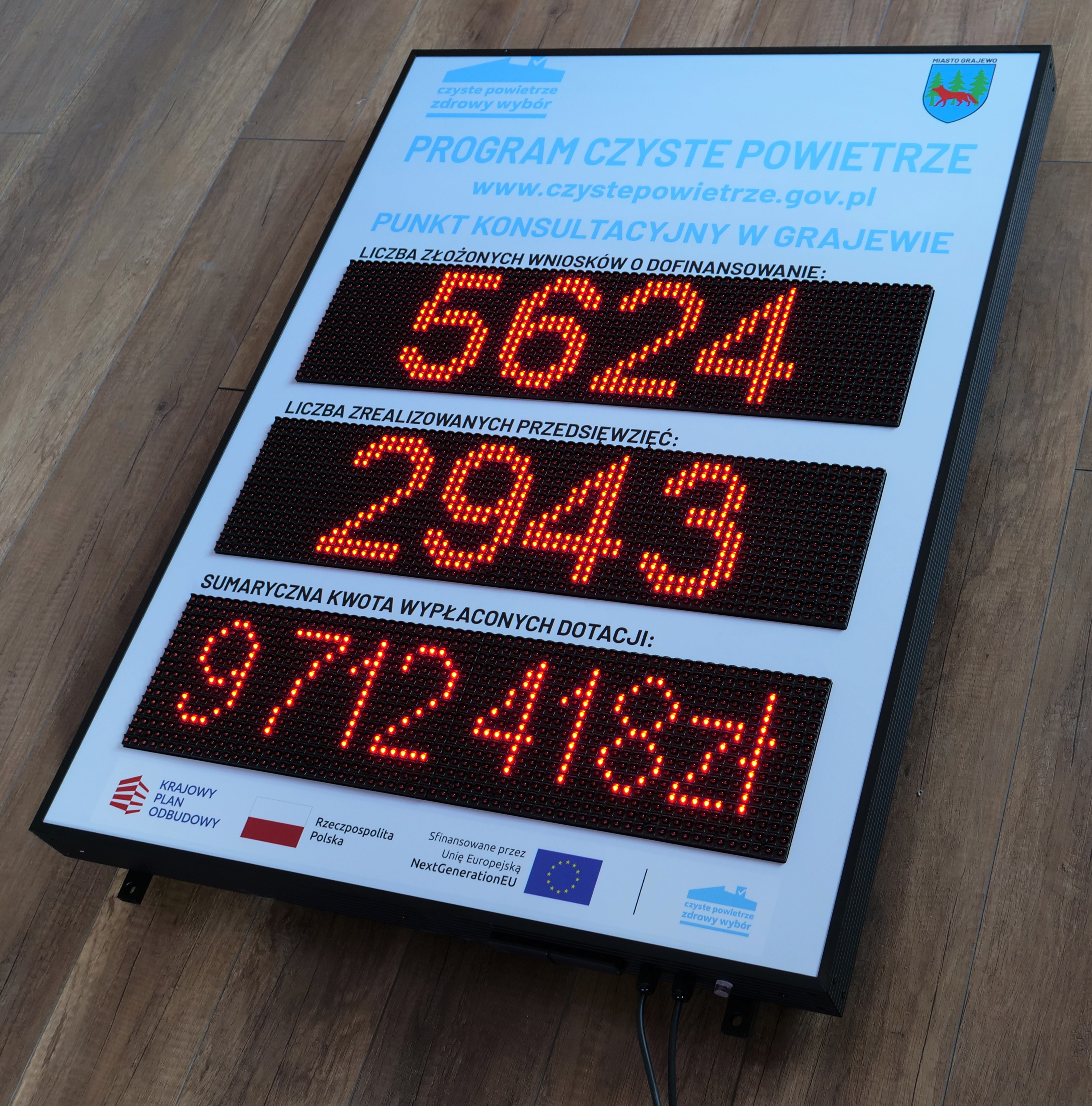
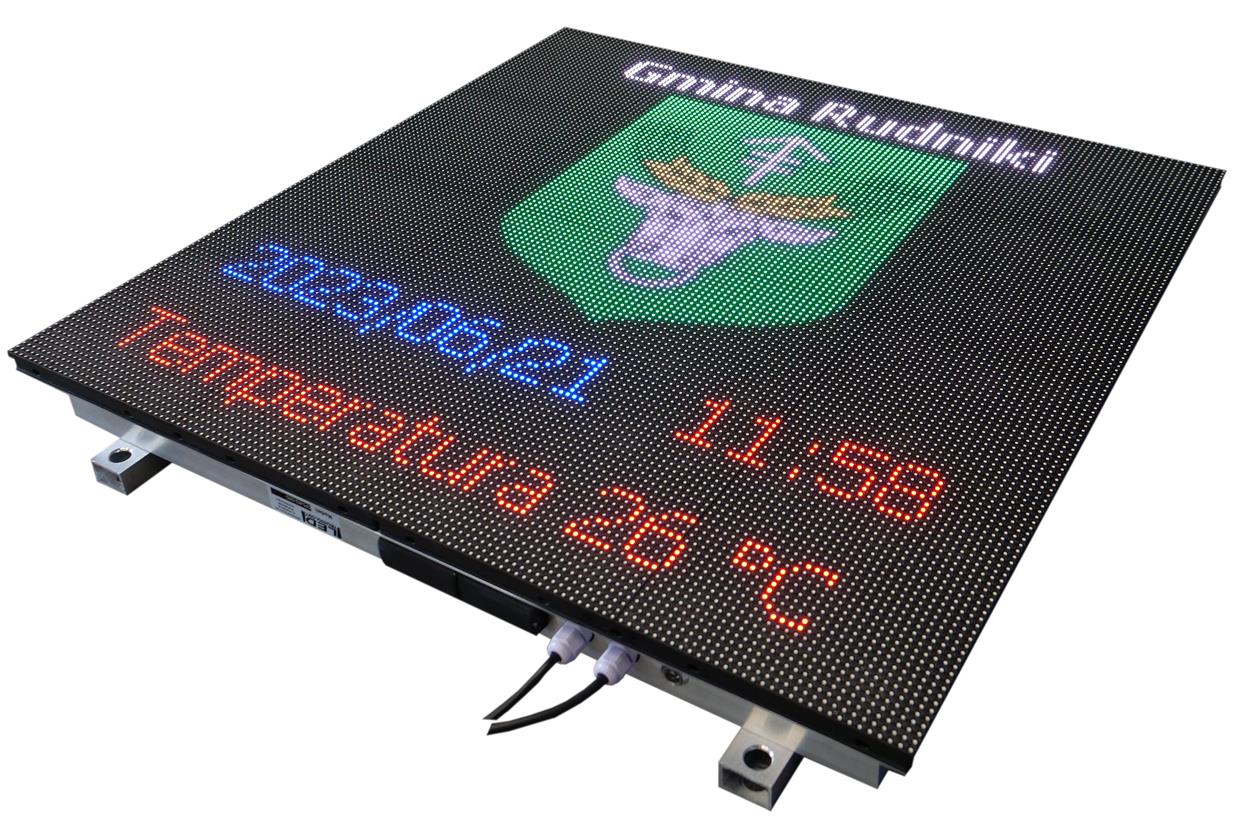

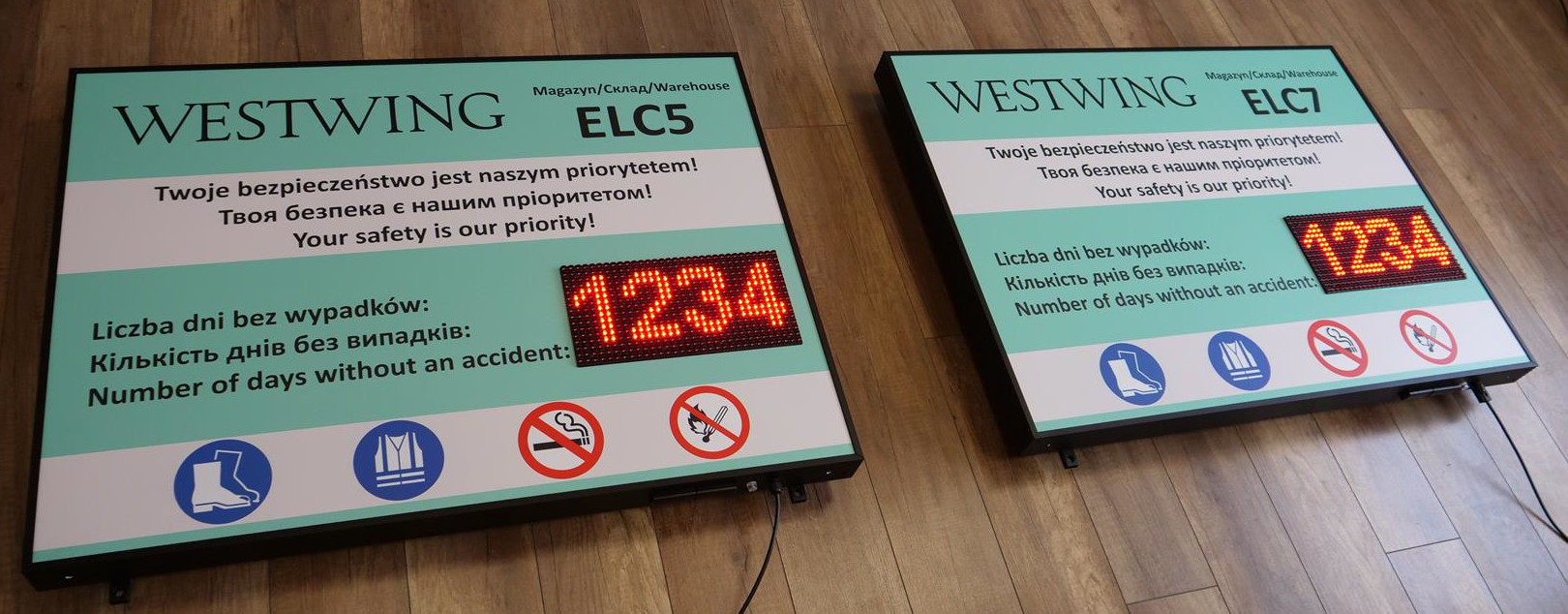
5.JPG(1).jpg)
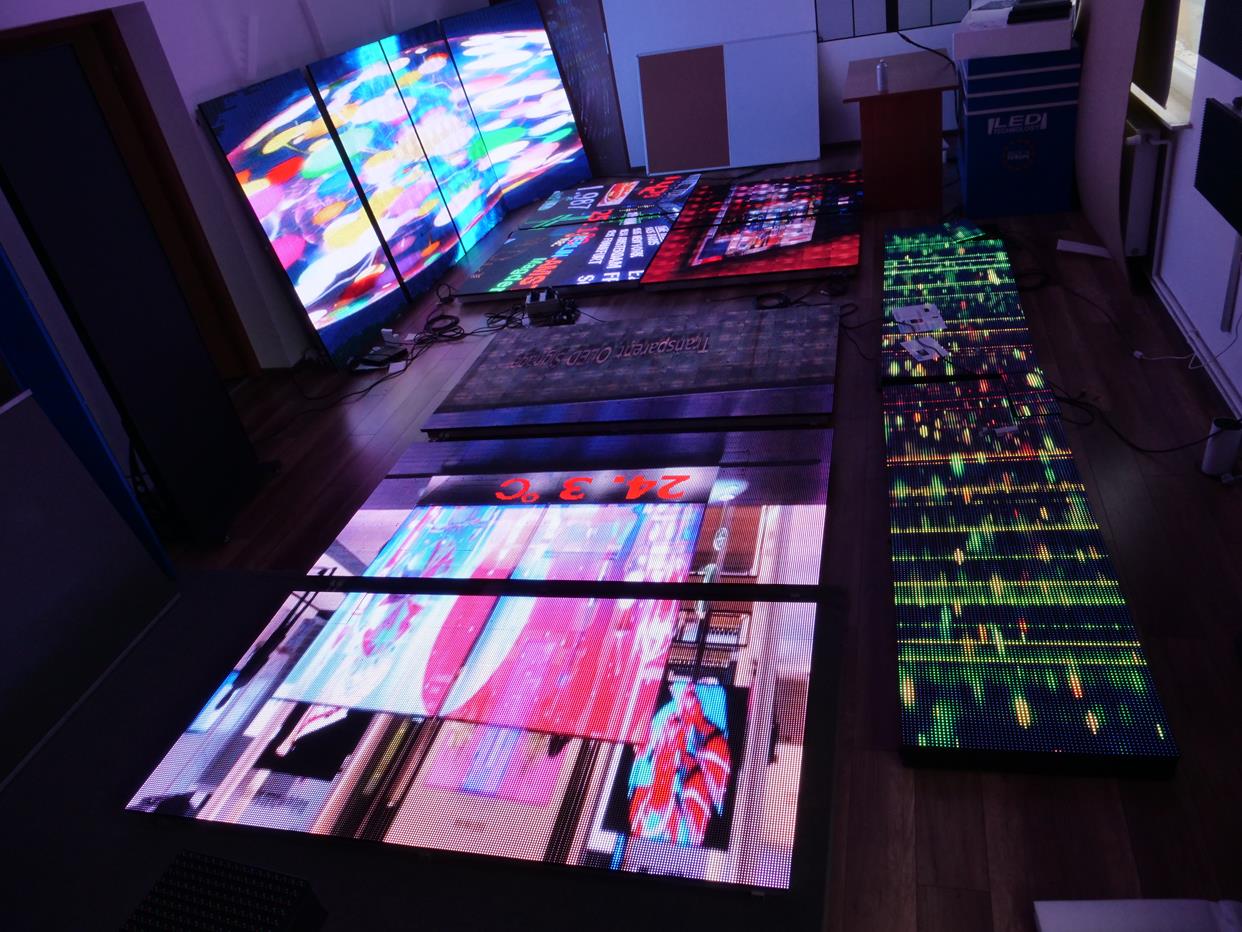
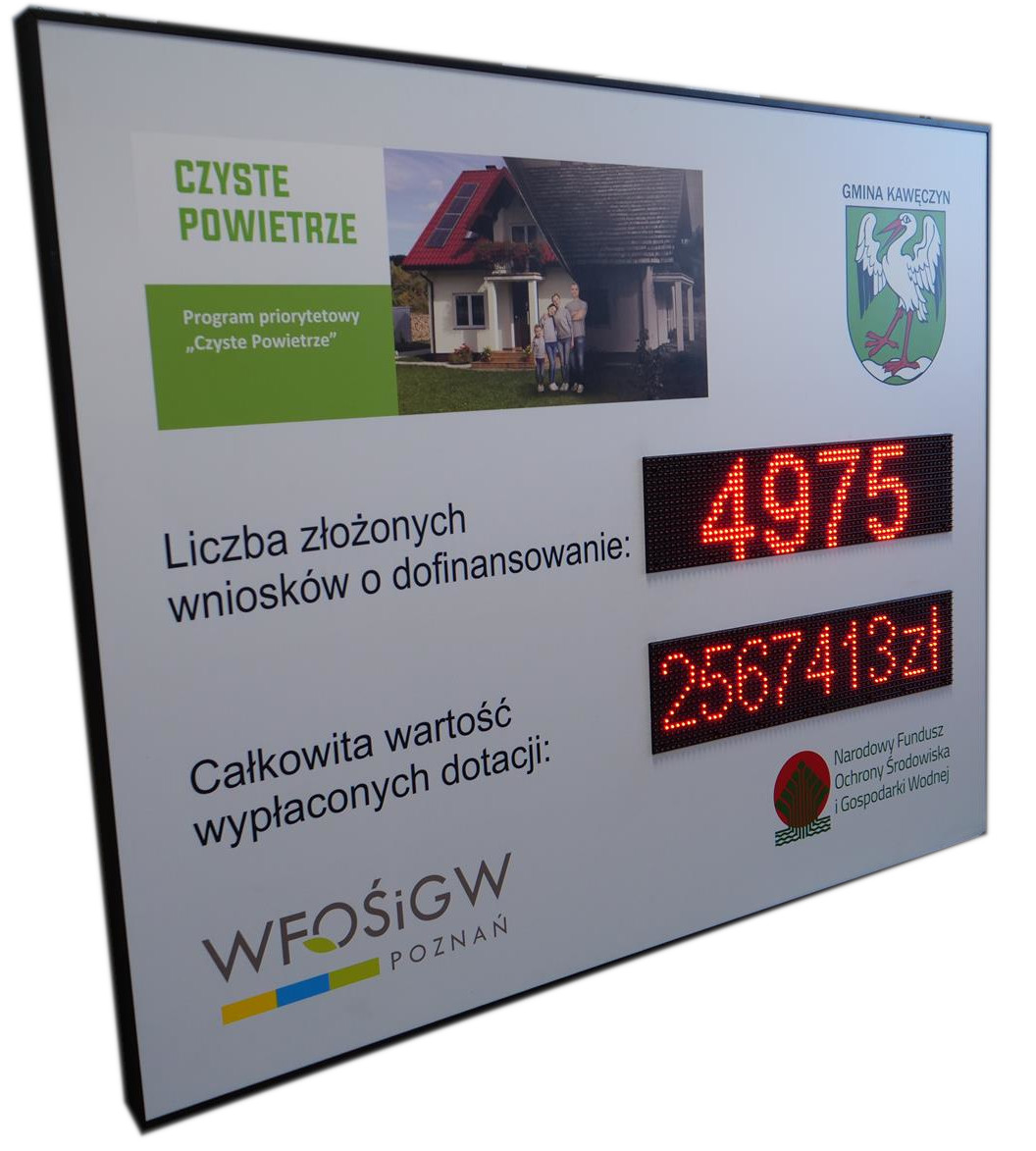


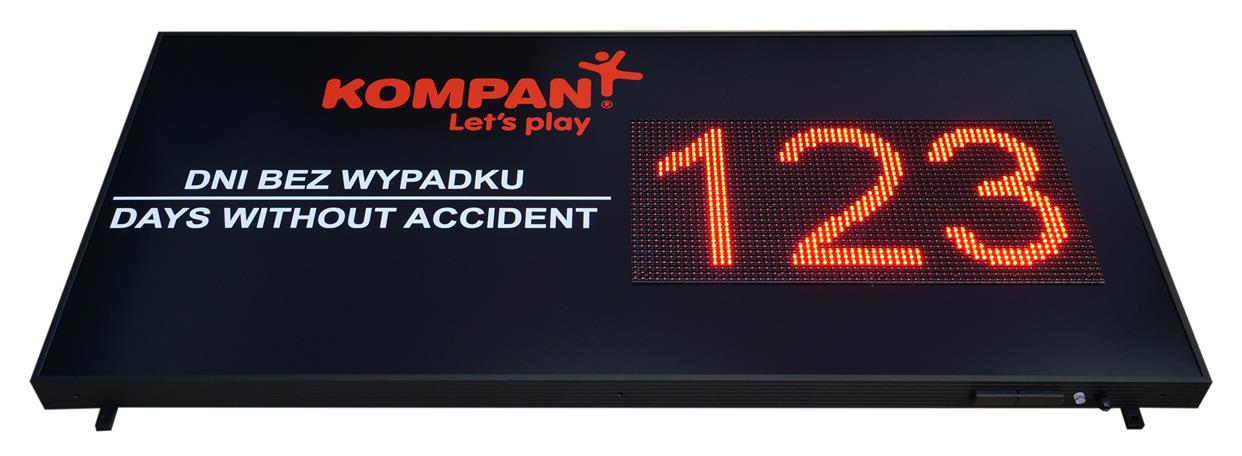
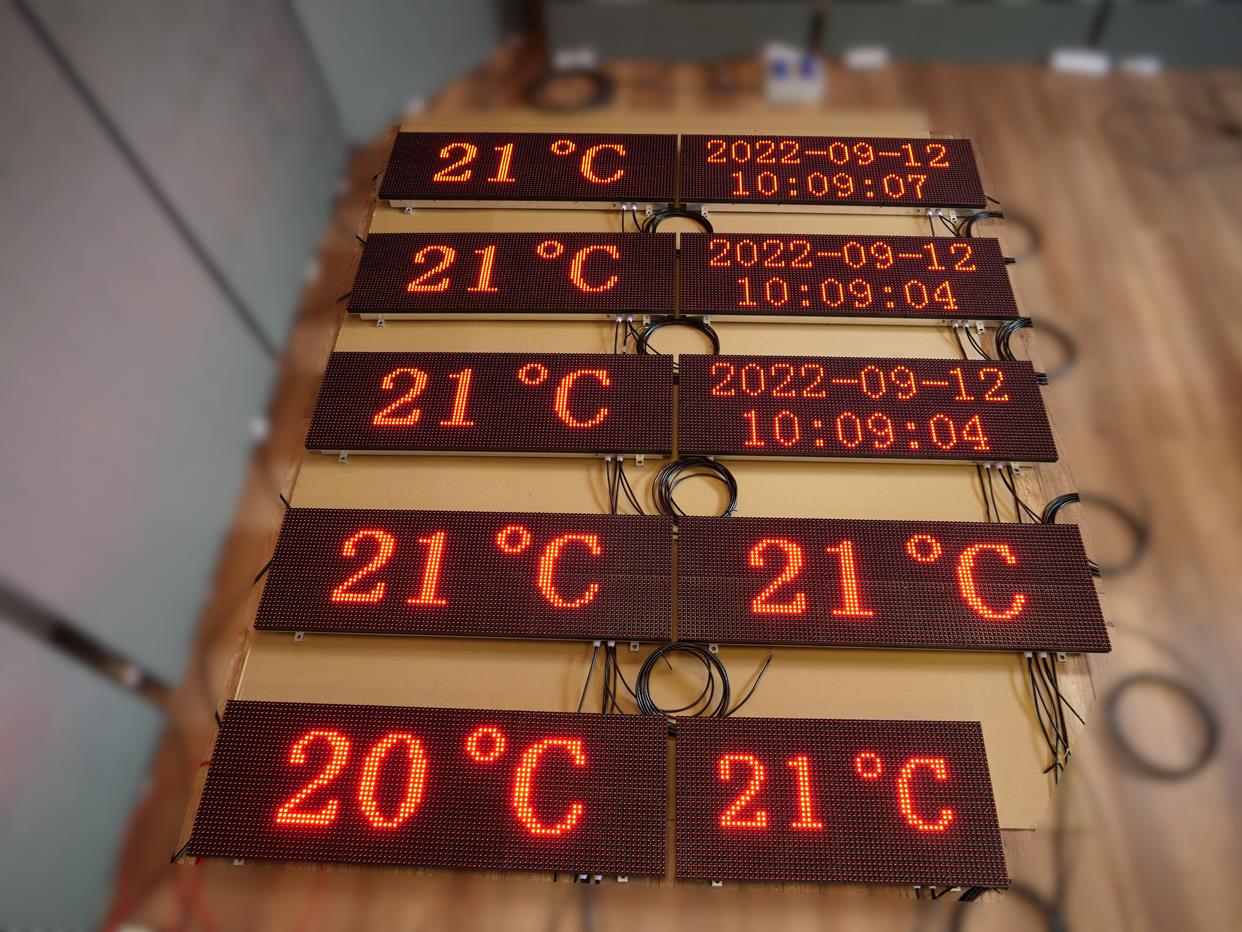
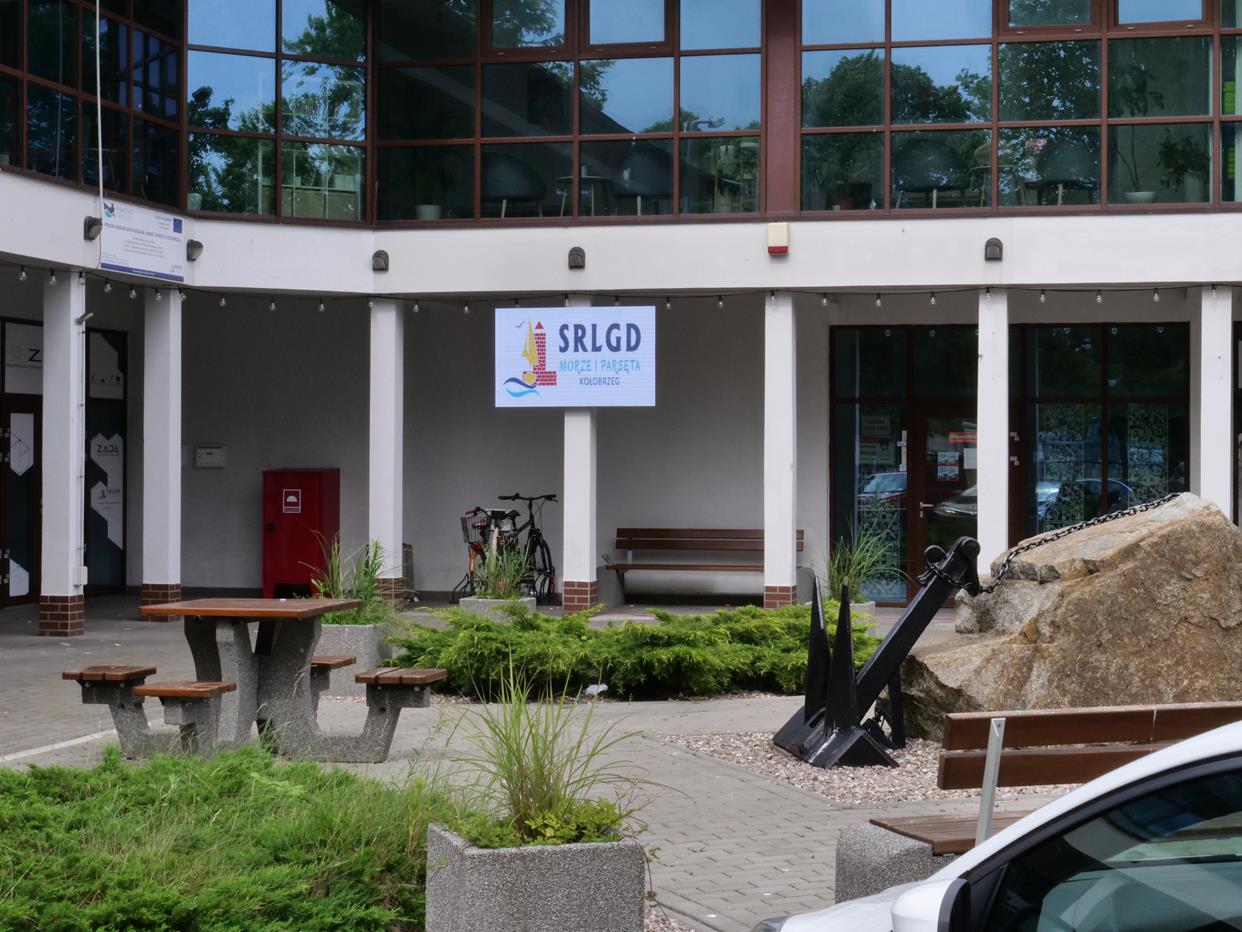


(762 X 384PX)_5.JPG.jpg)
(32X96PX)-2.JPG.jpg)
.jpg)
.jpeg)
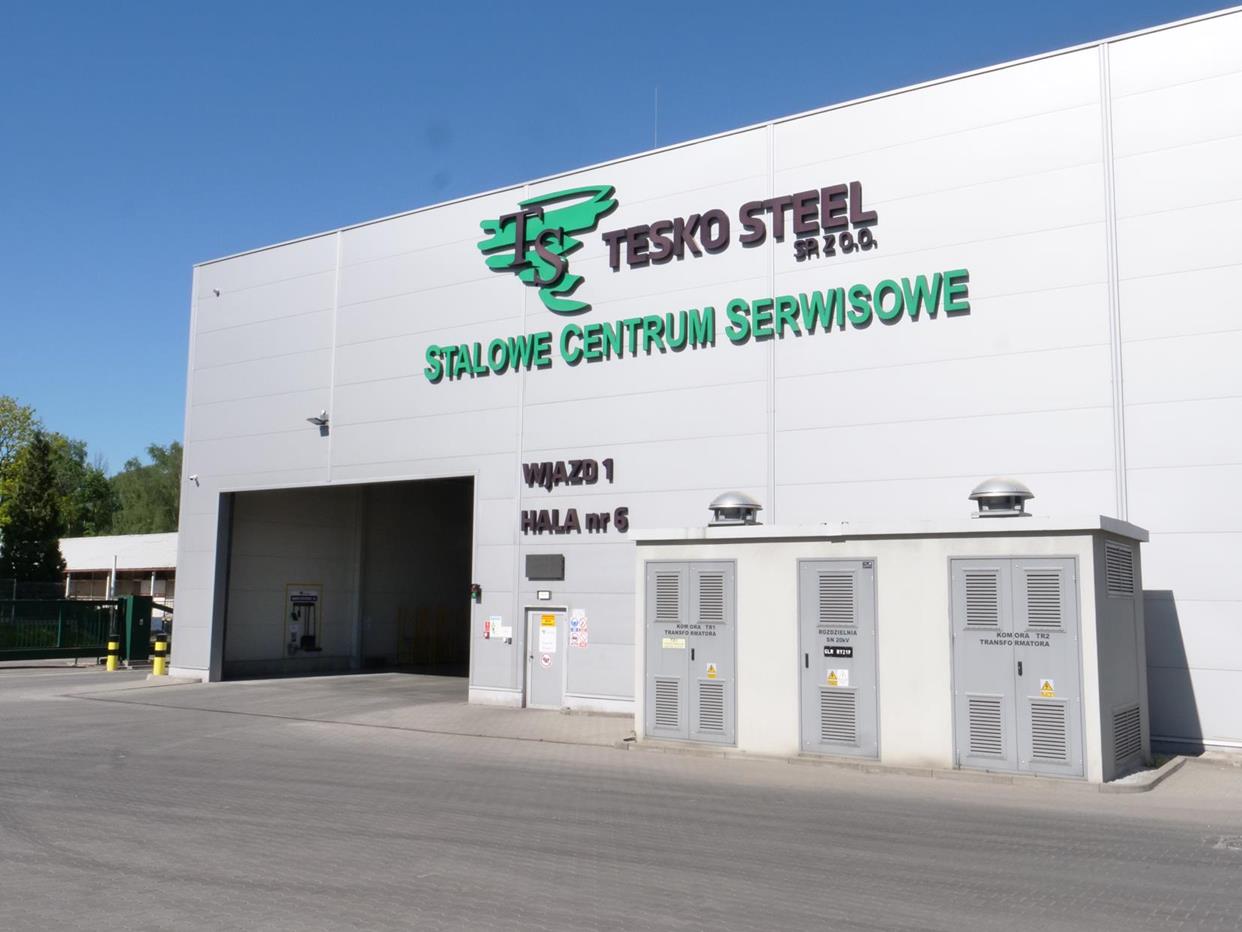
.JPG.jpg)




.png)

.png)
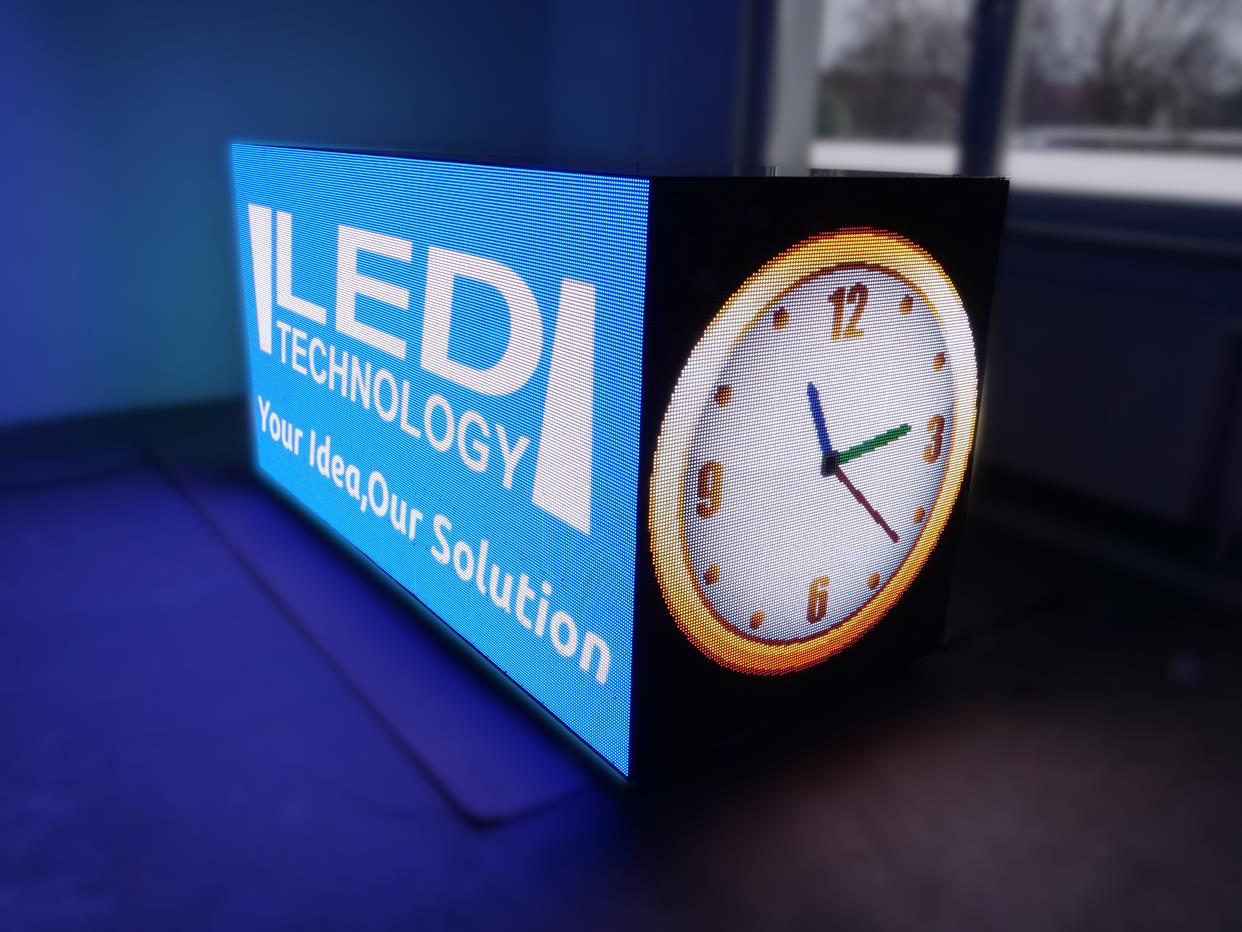





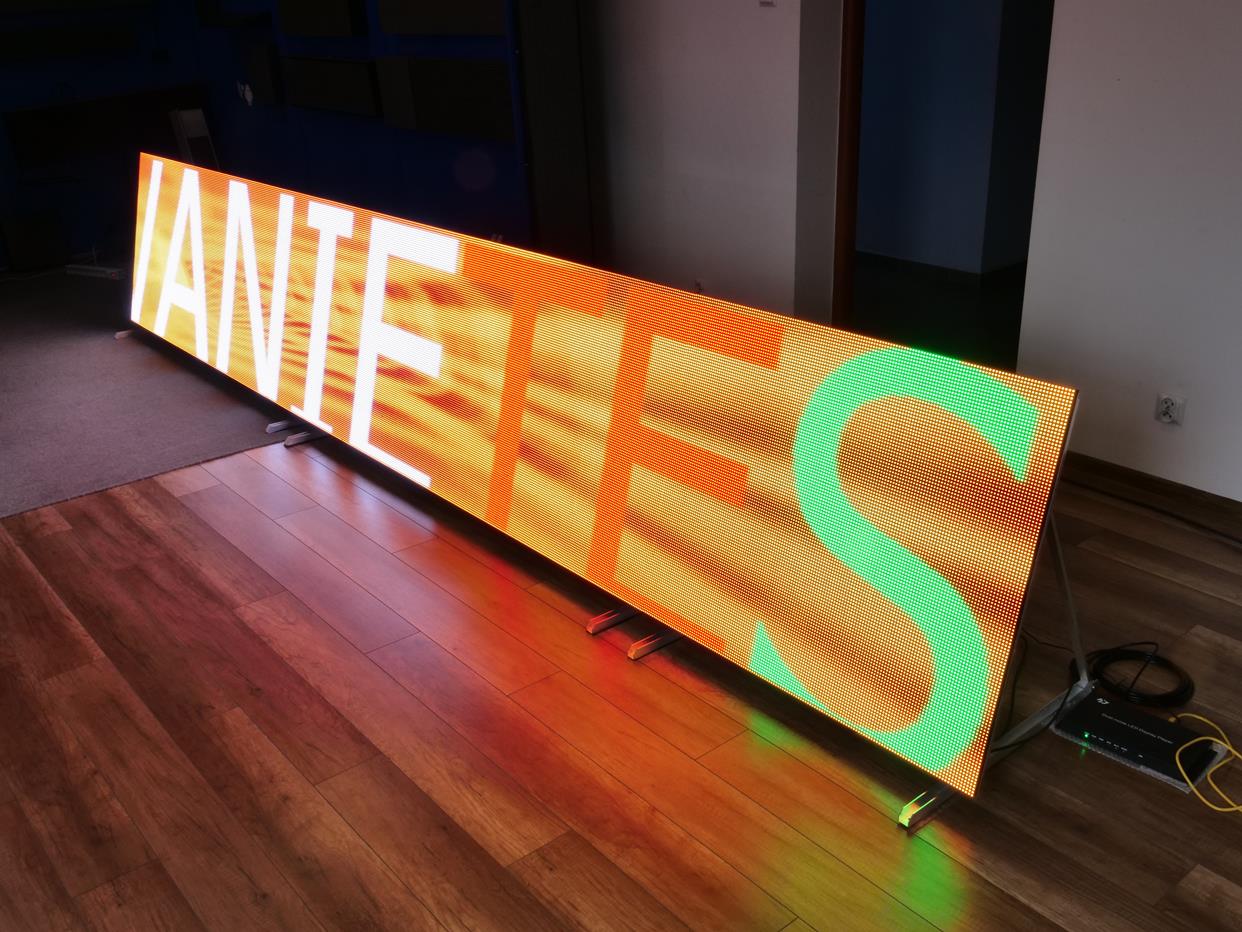
.jpg)

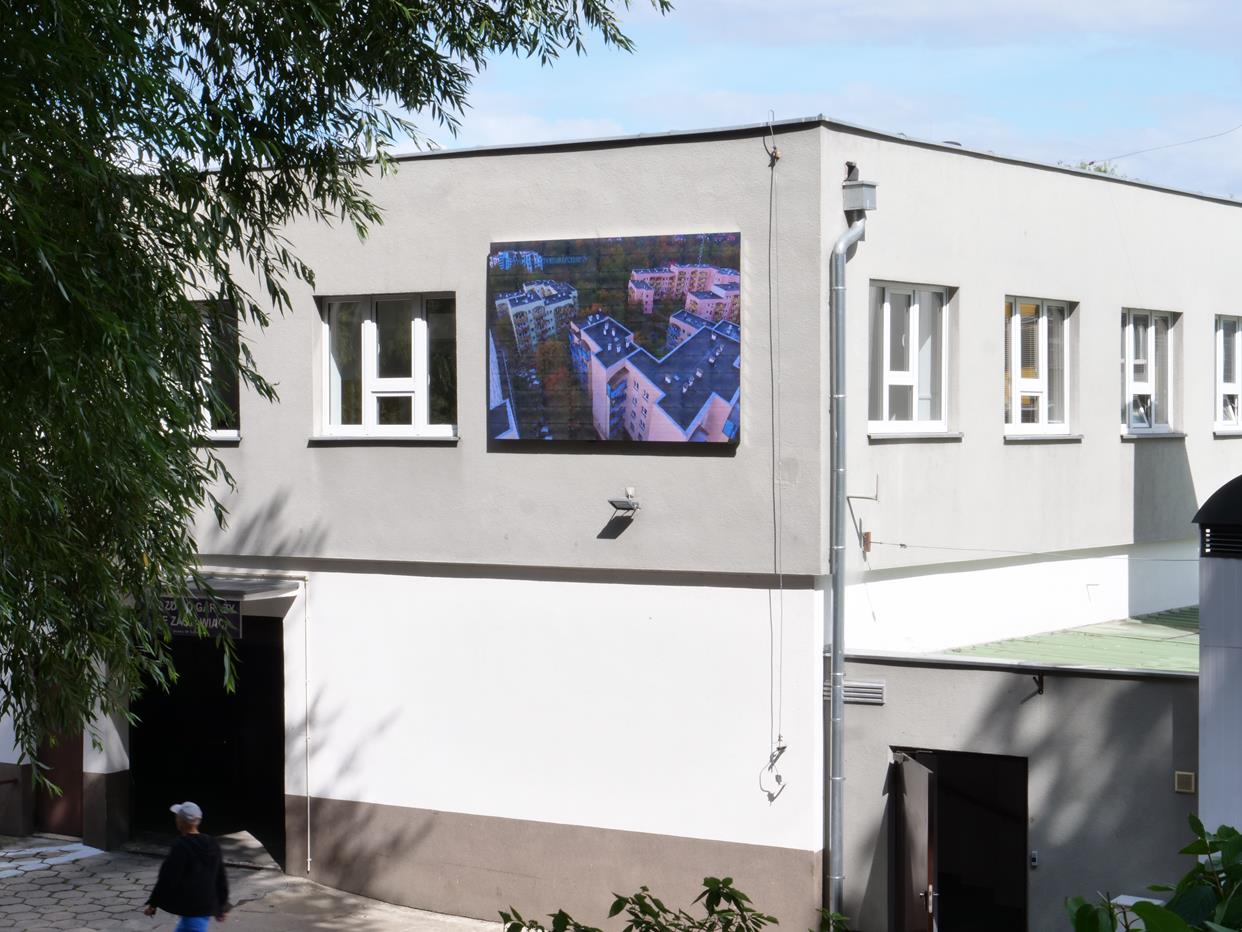



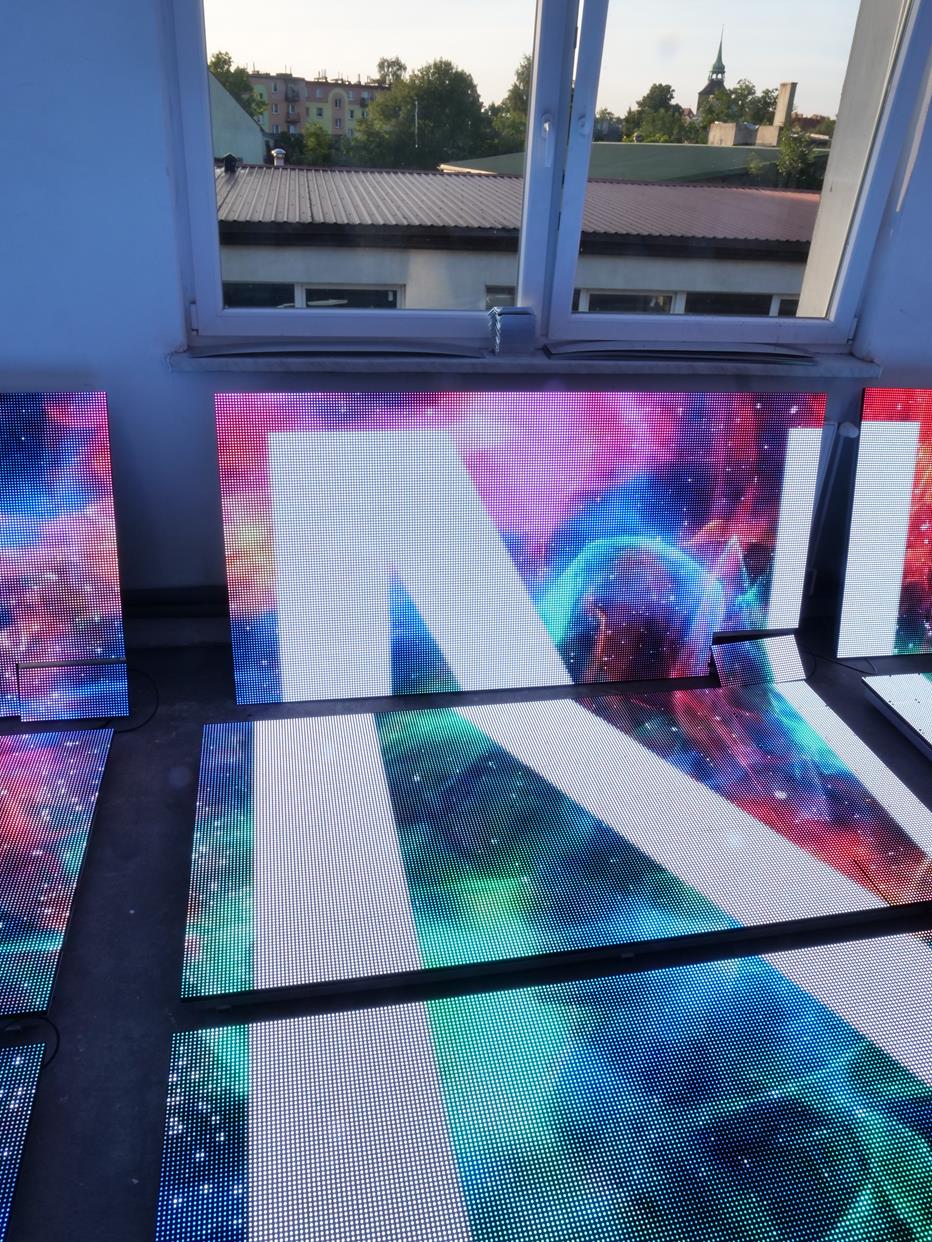
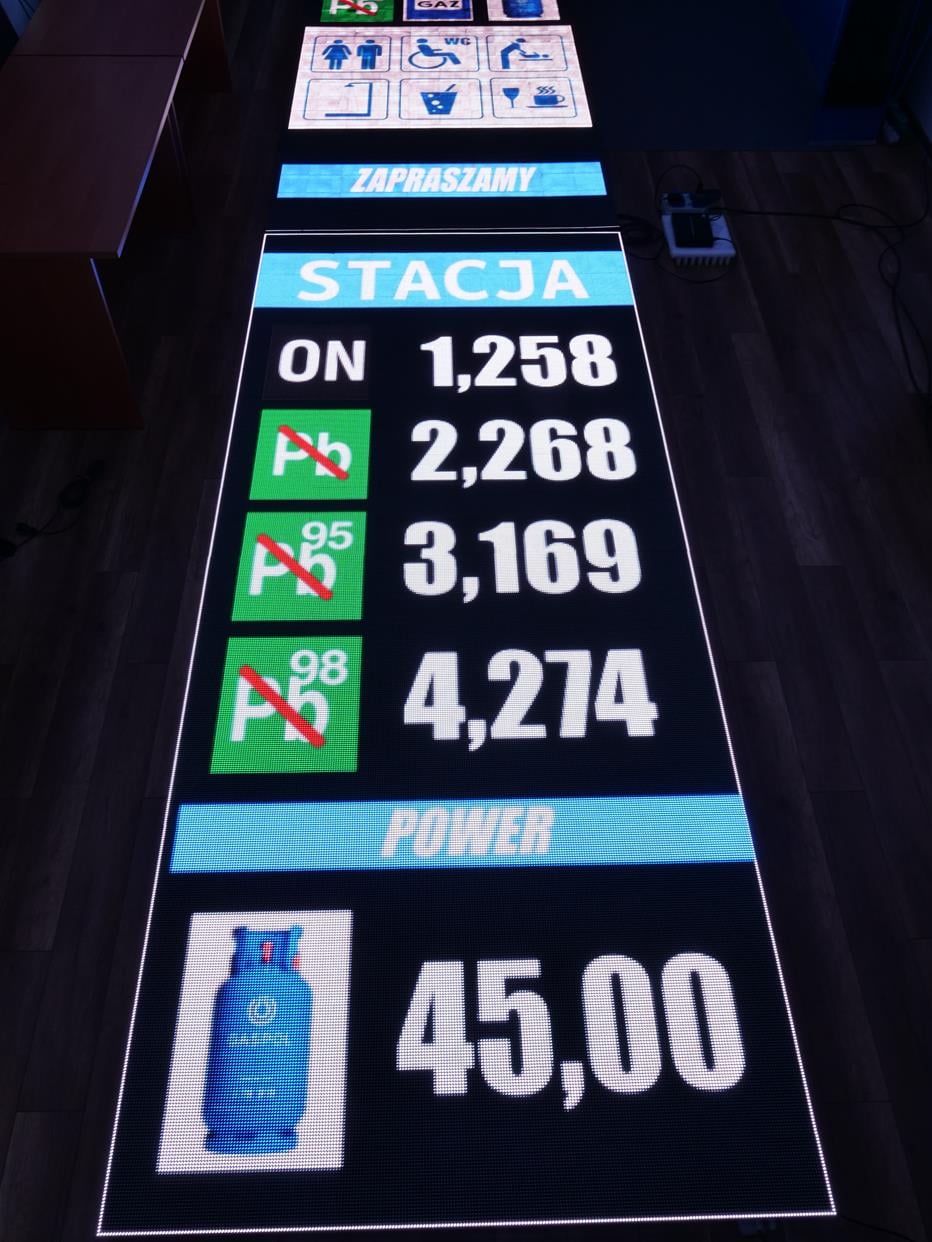


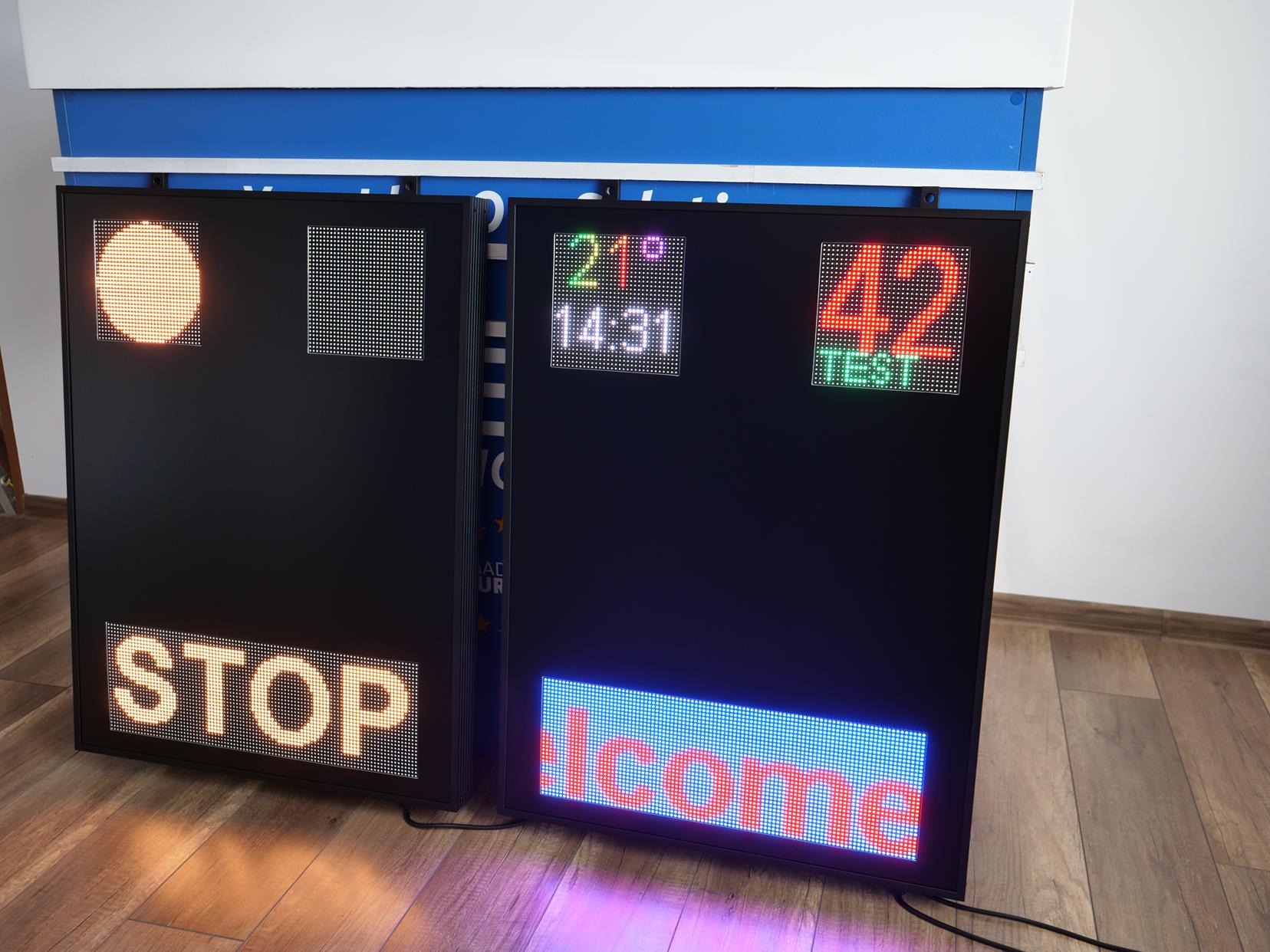

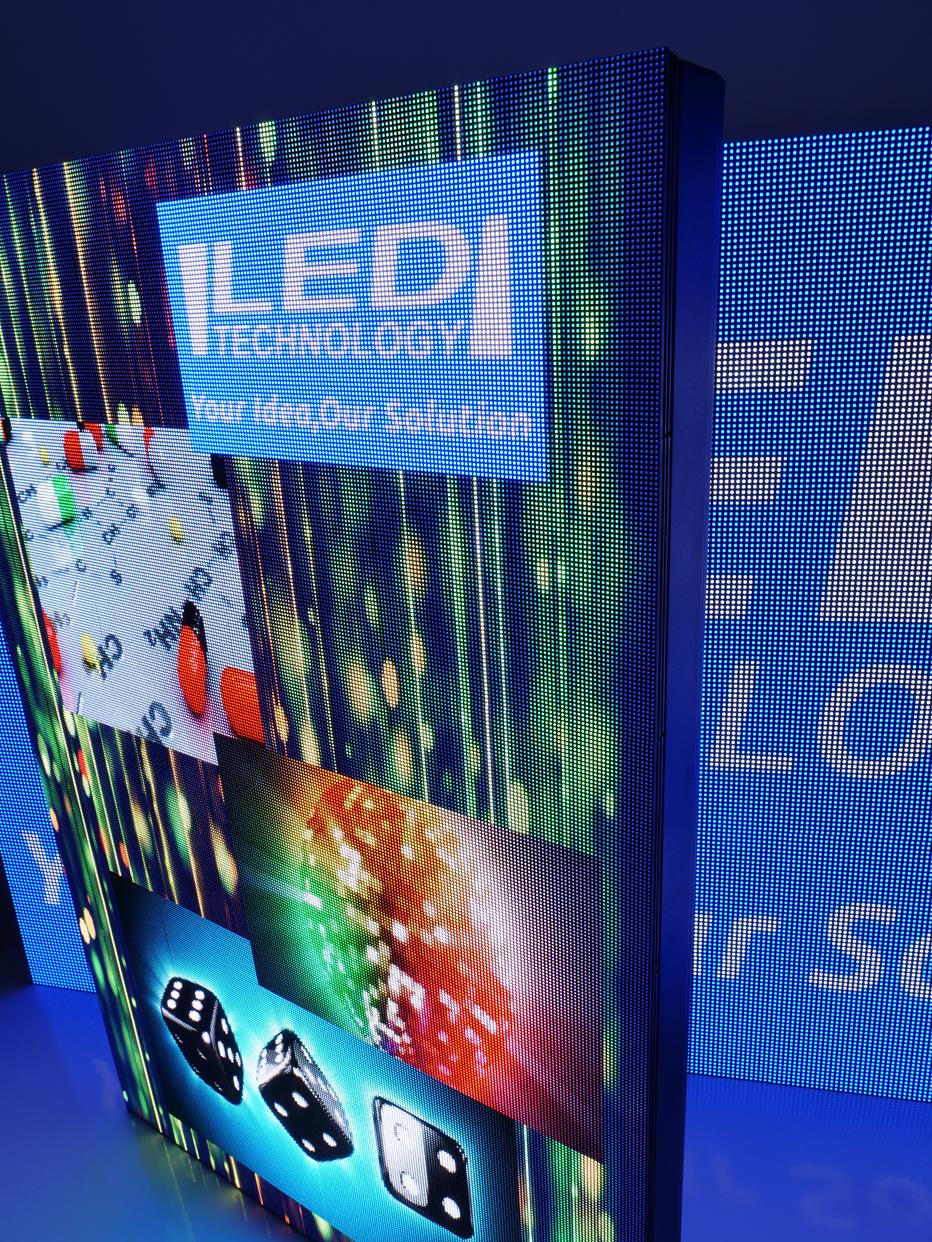








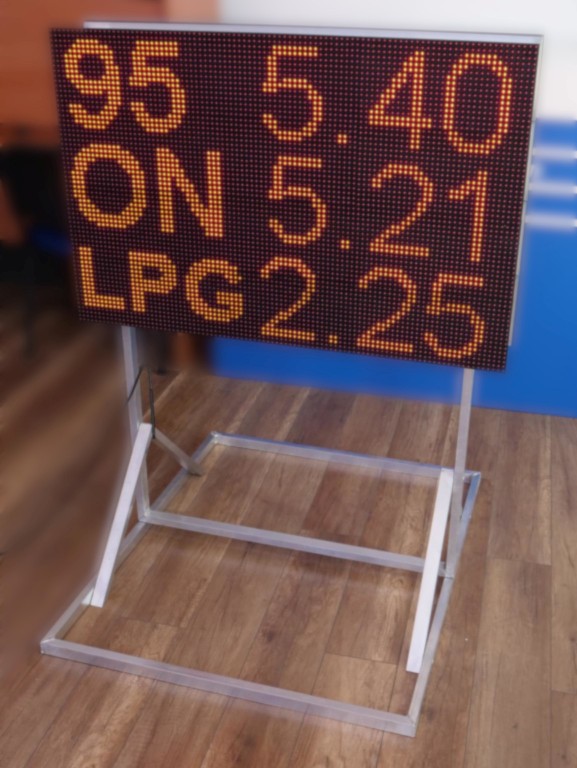
.jpg)



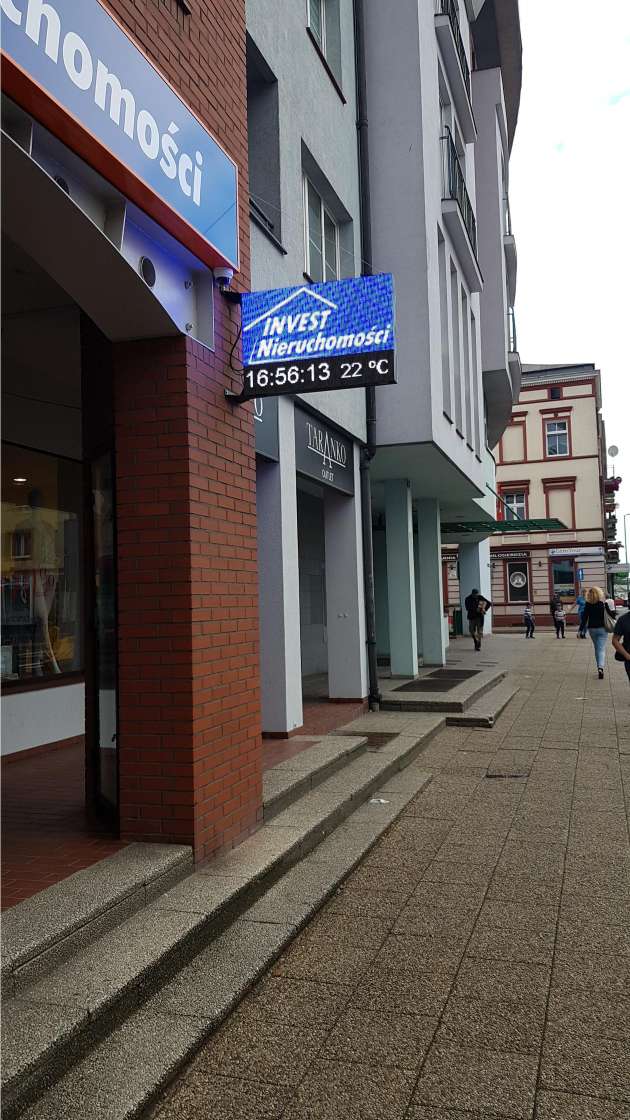
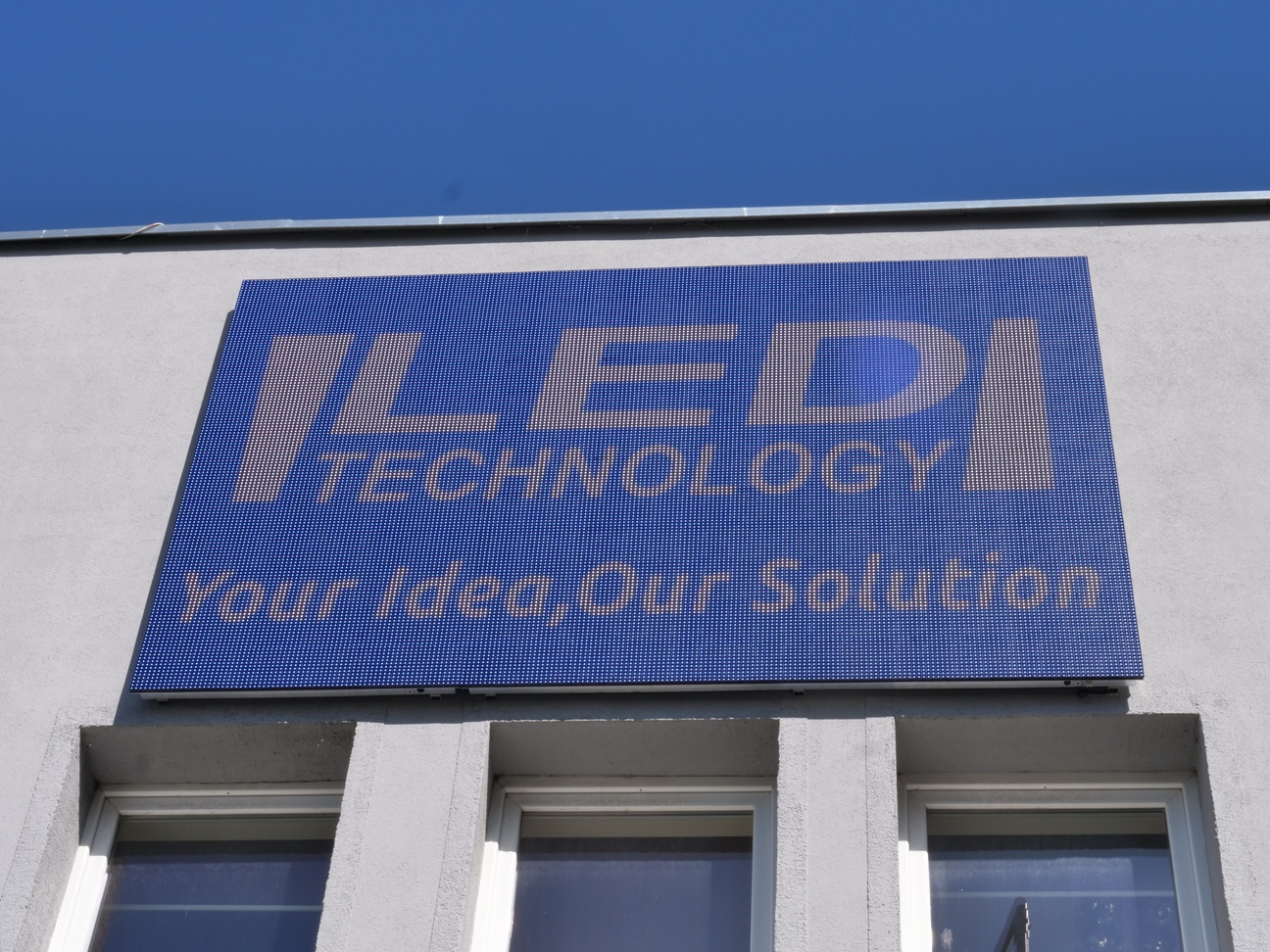
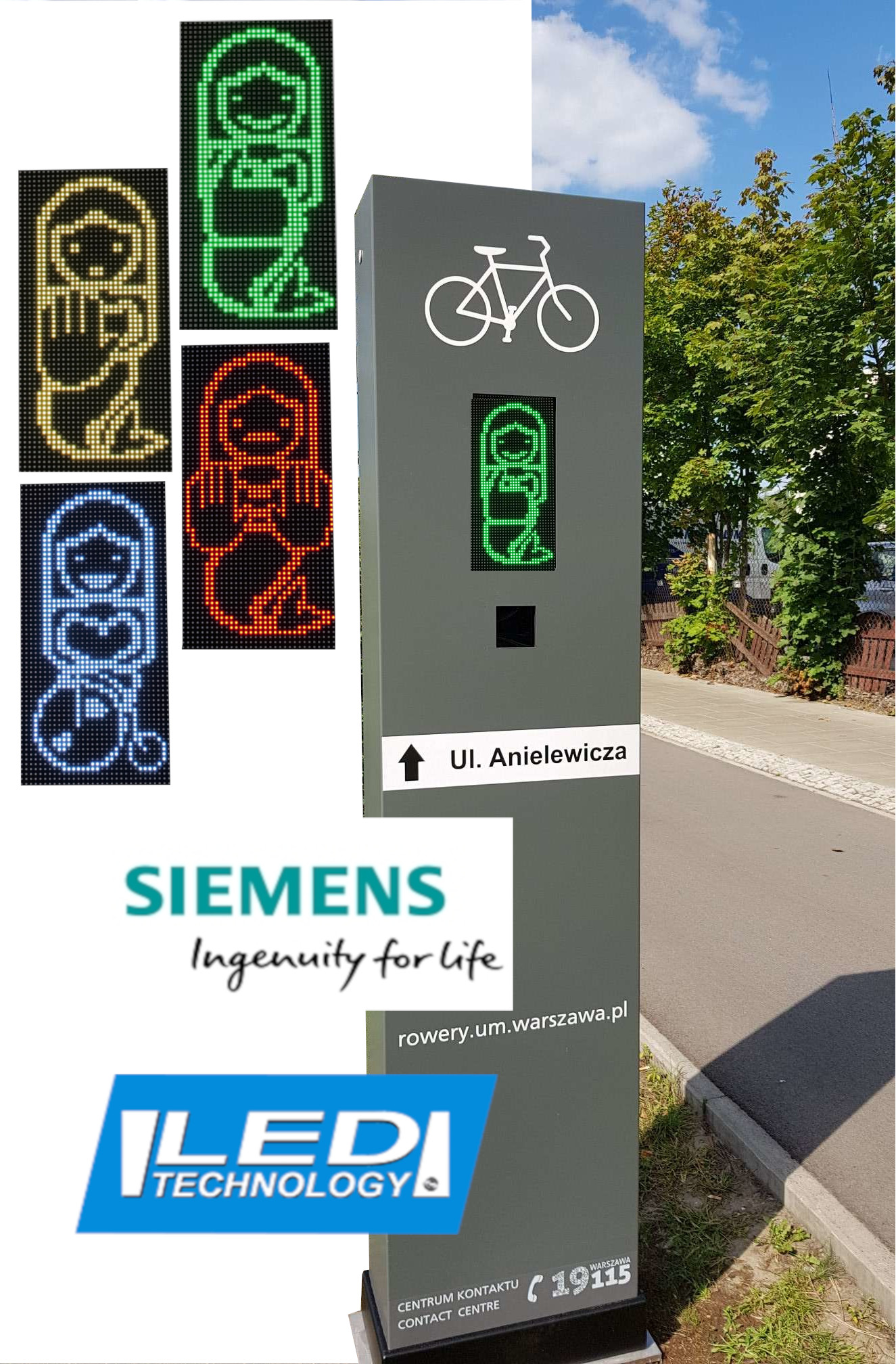



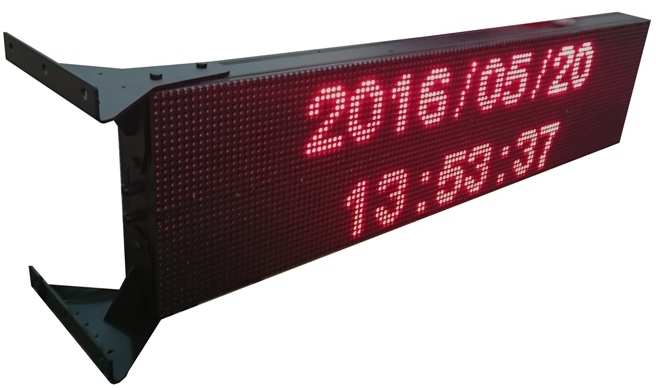

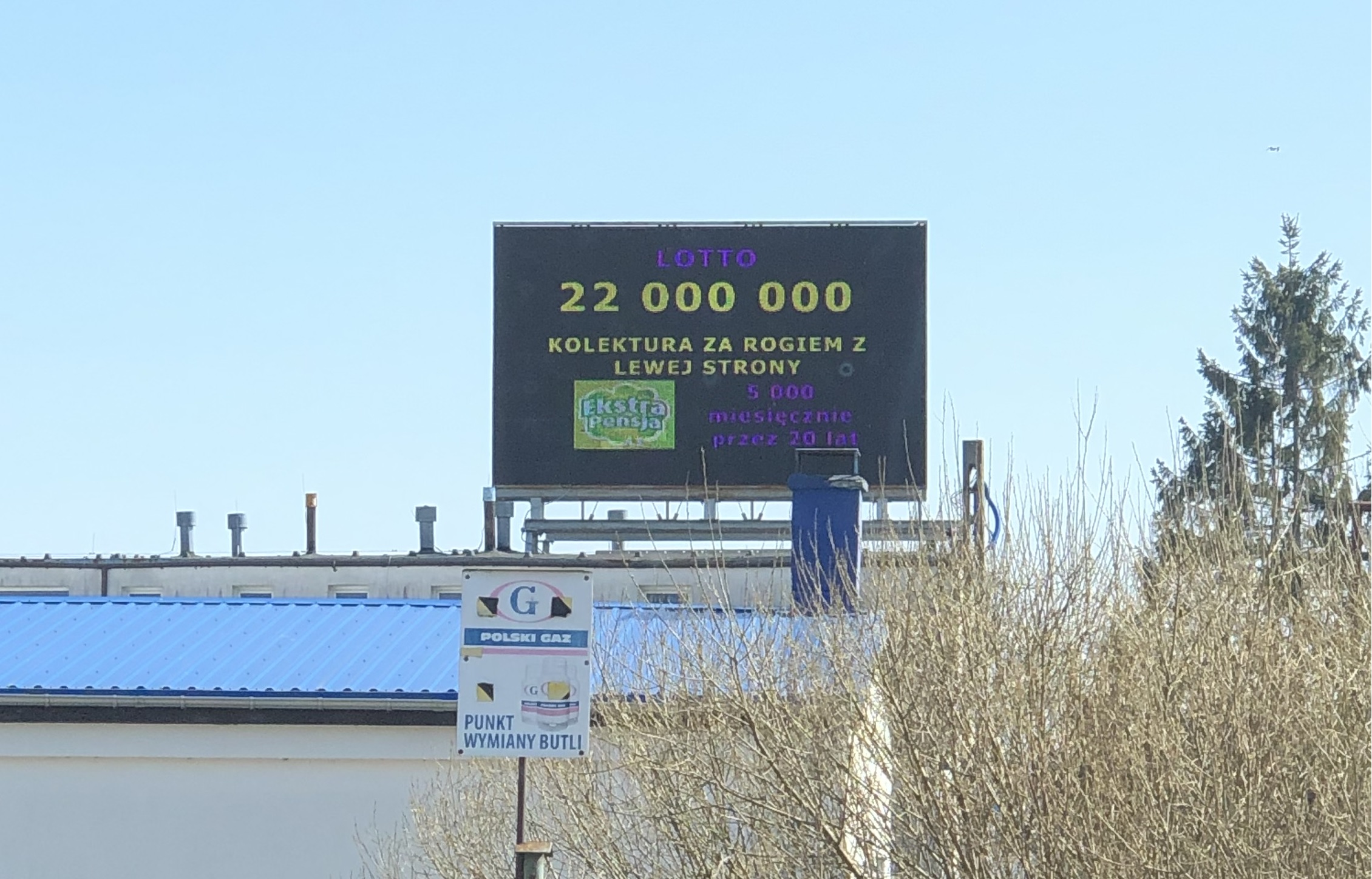

.jpg)




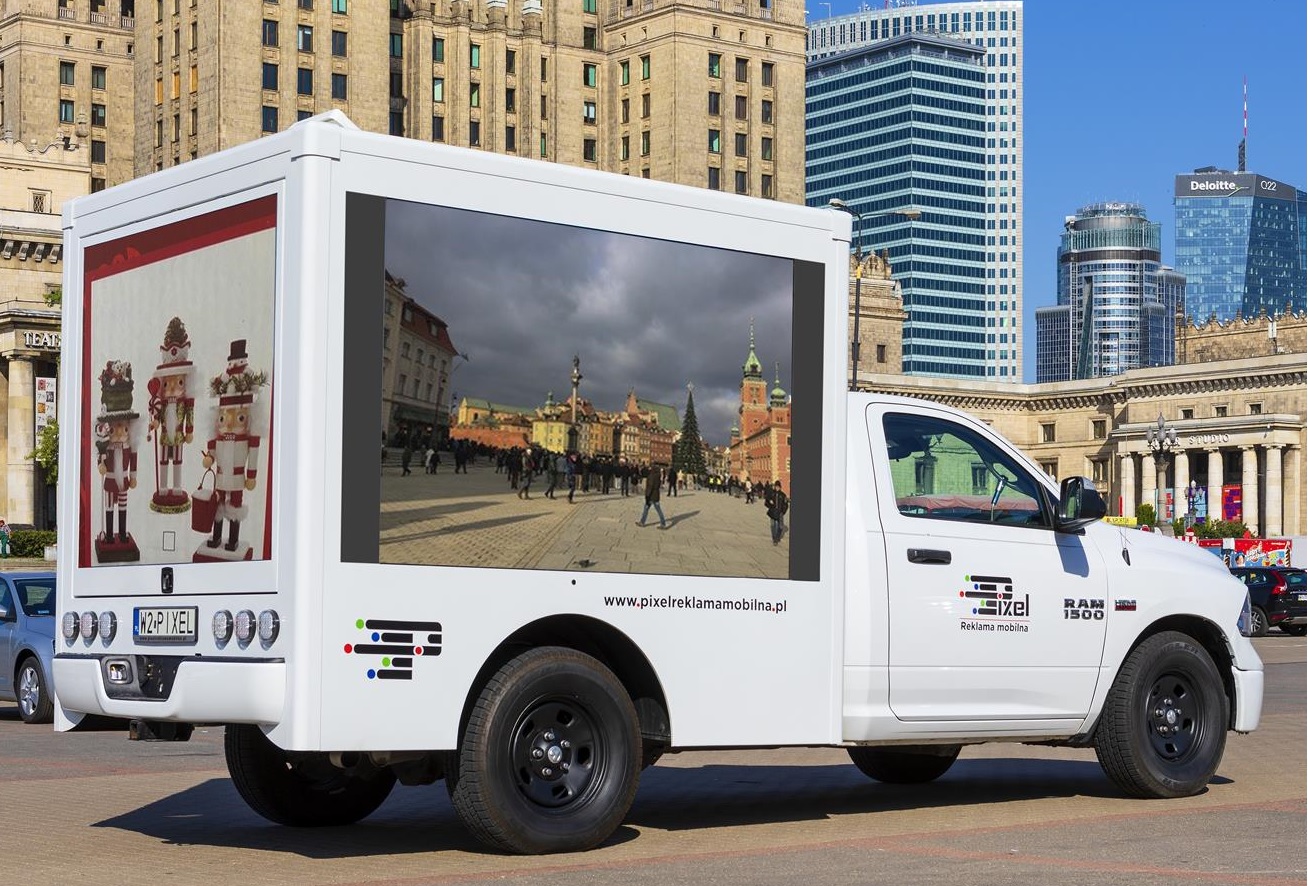
.jpg)

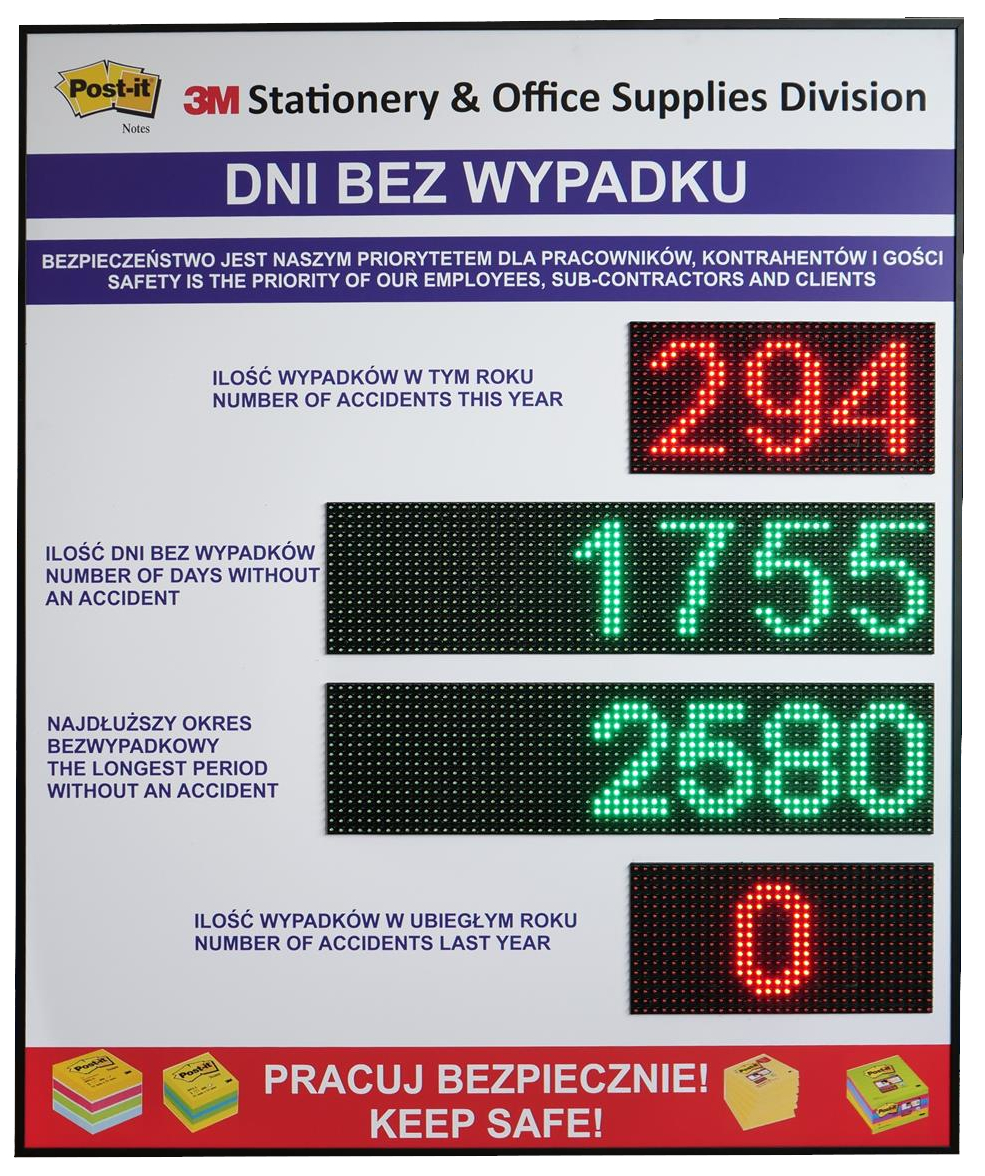
.png)
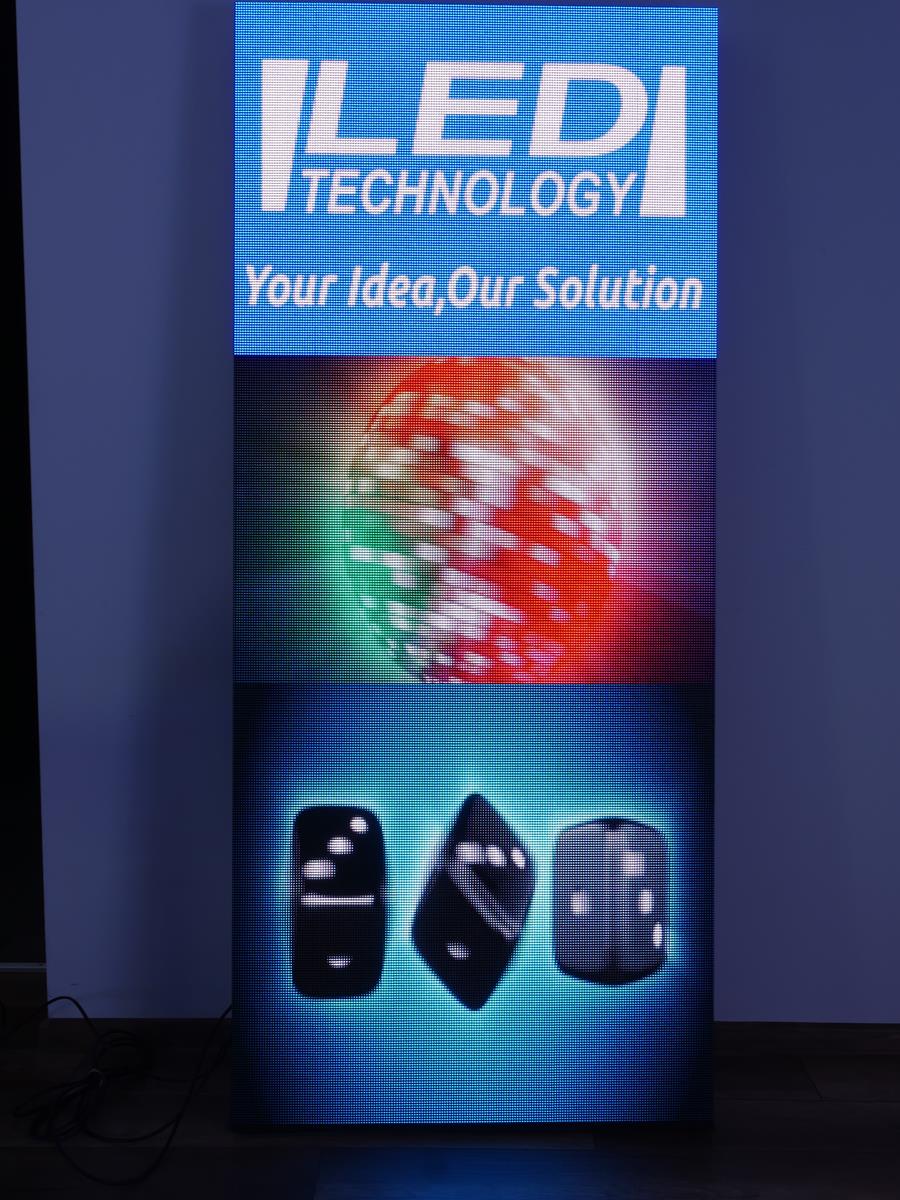



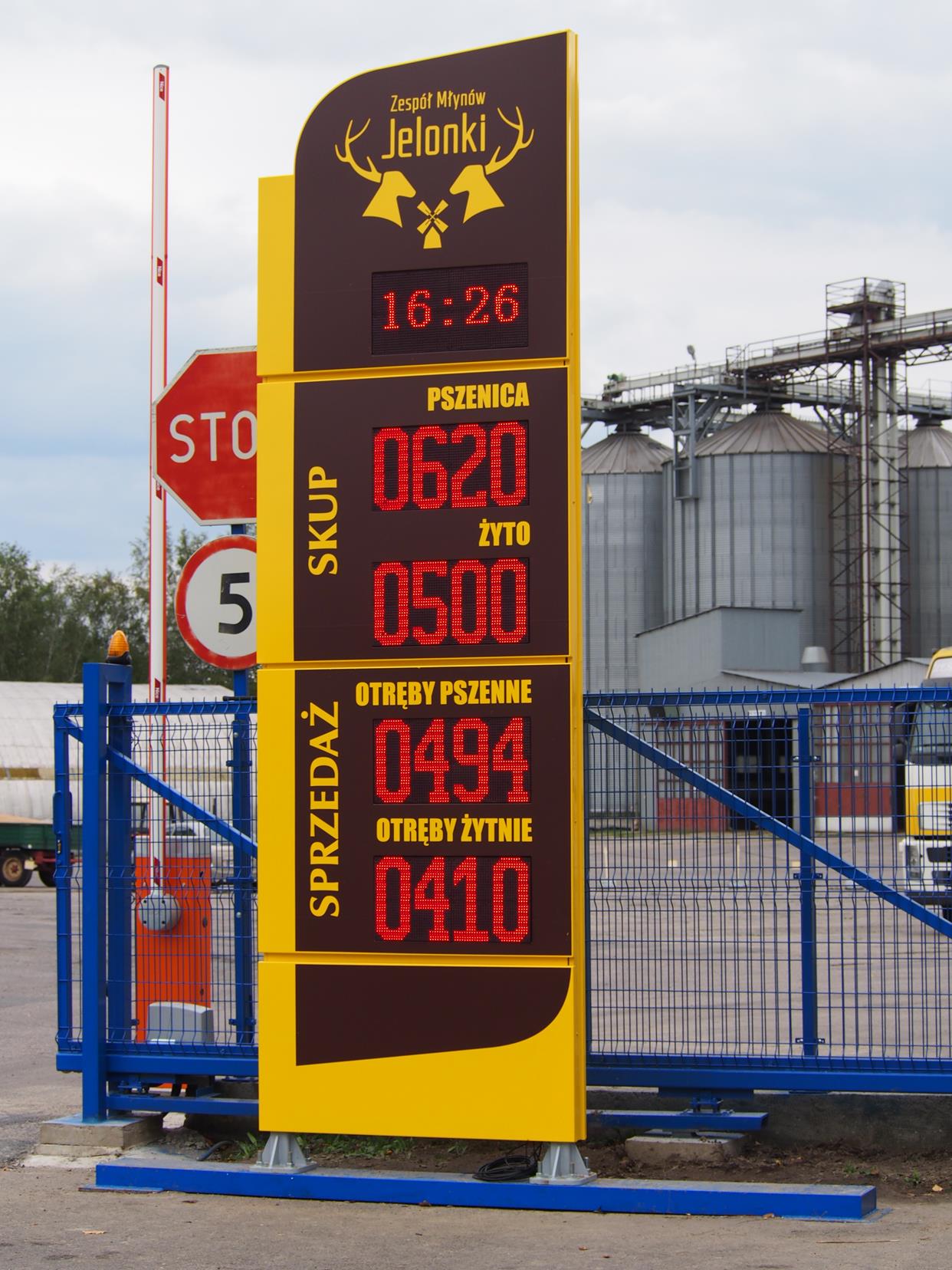


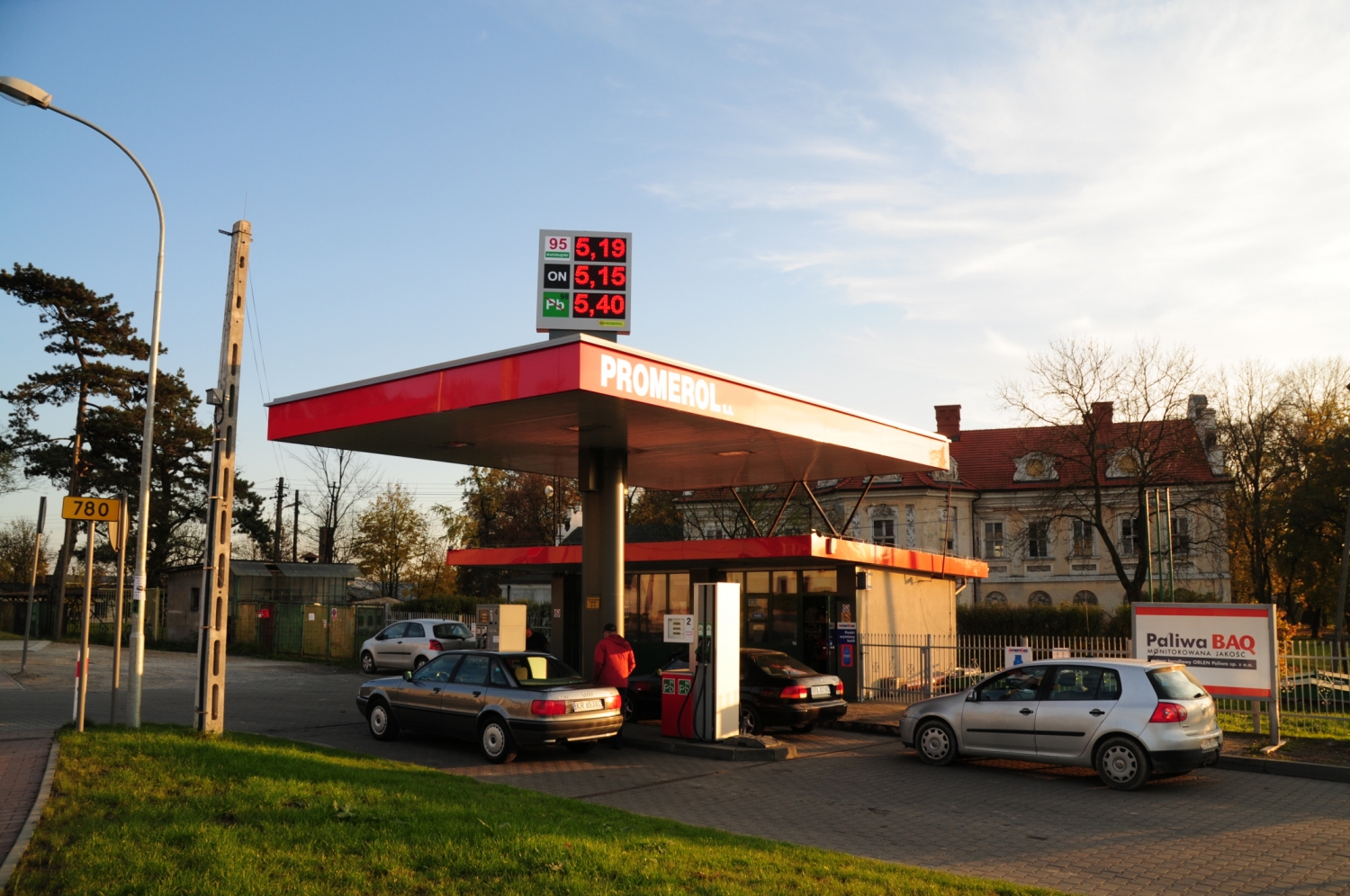

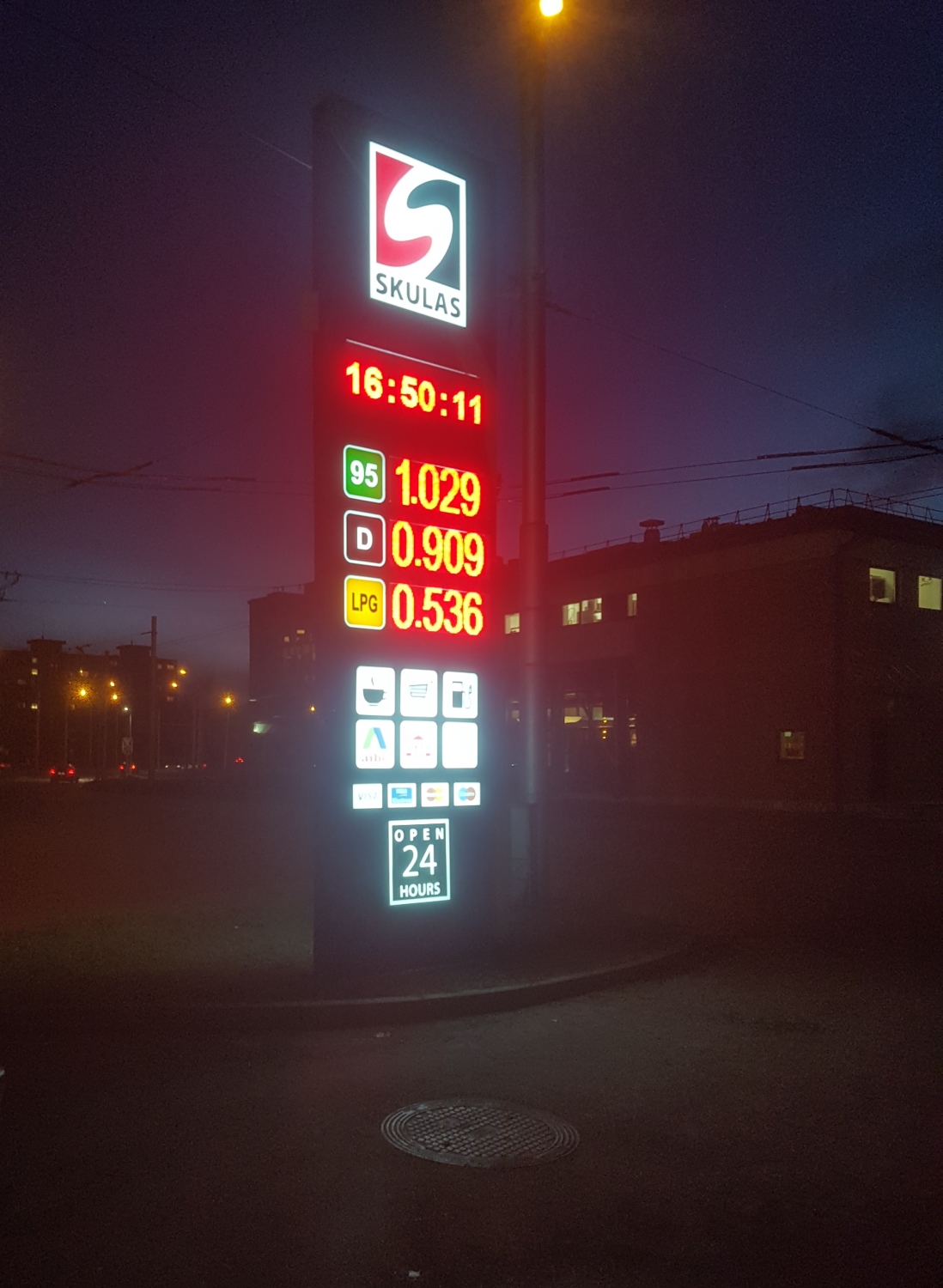
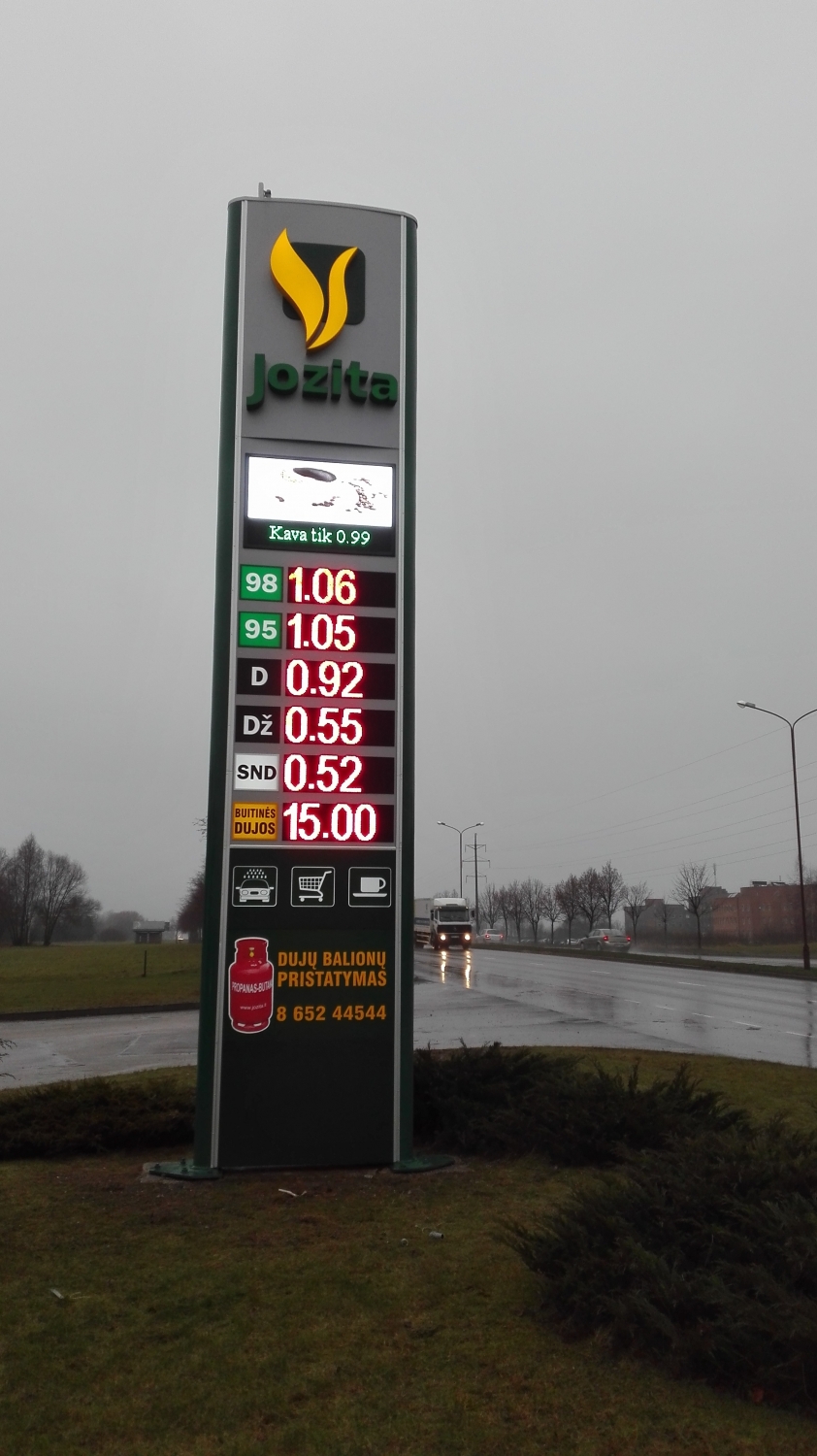
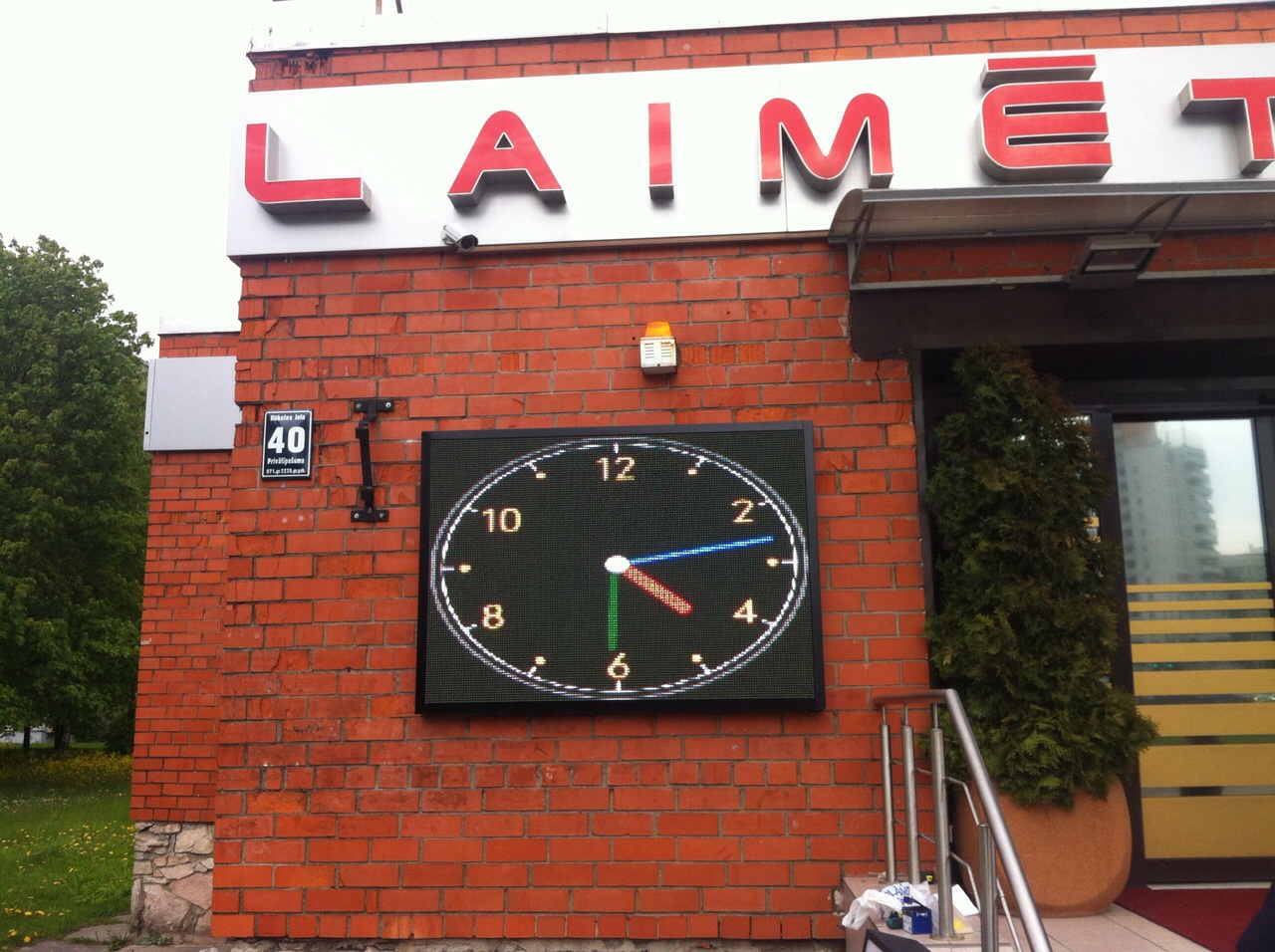

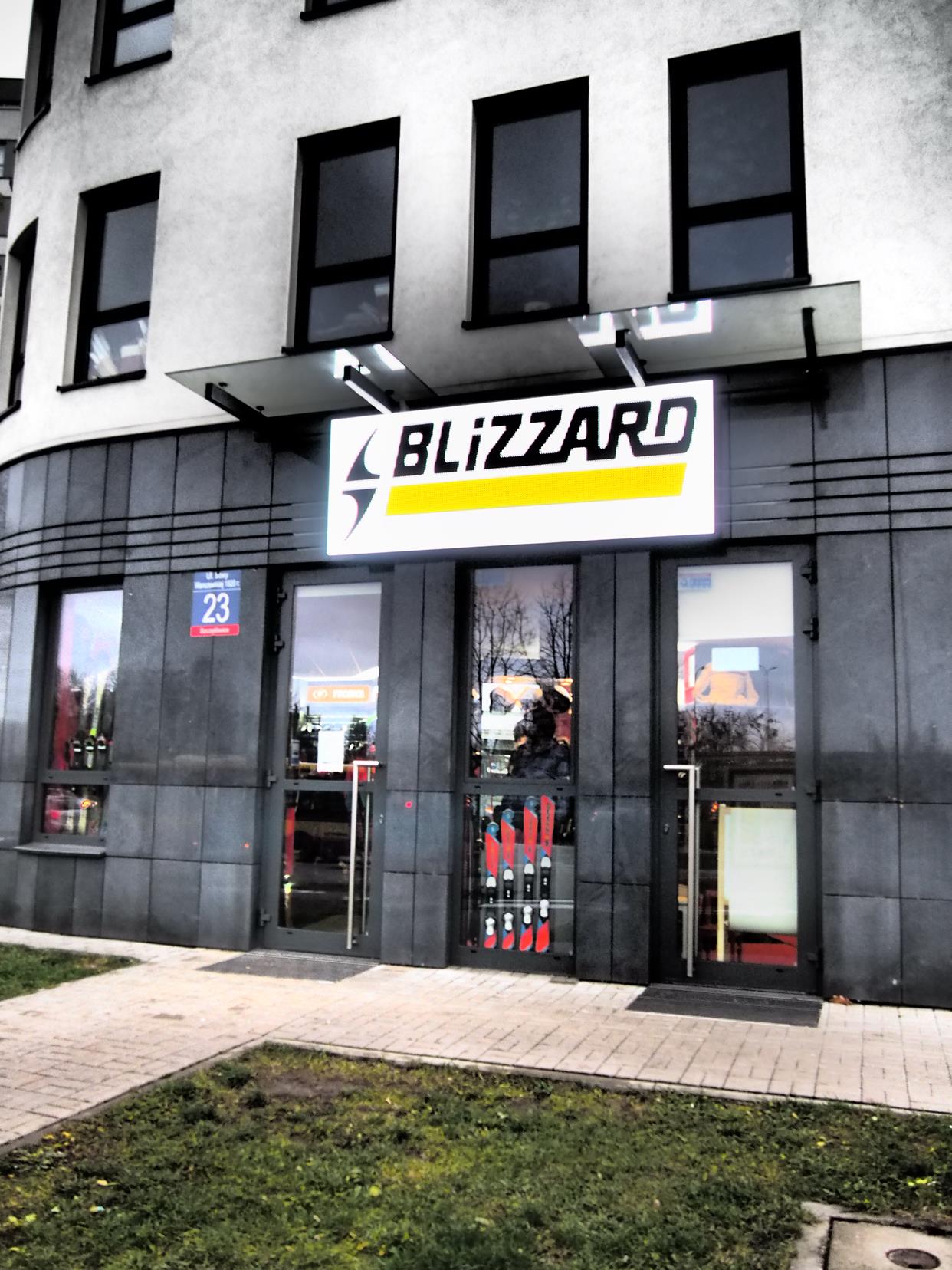
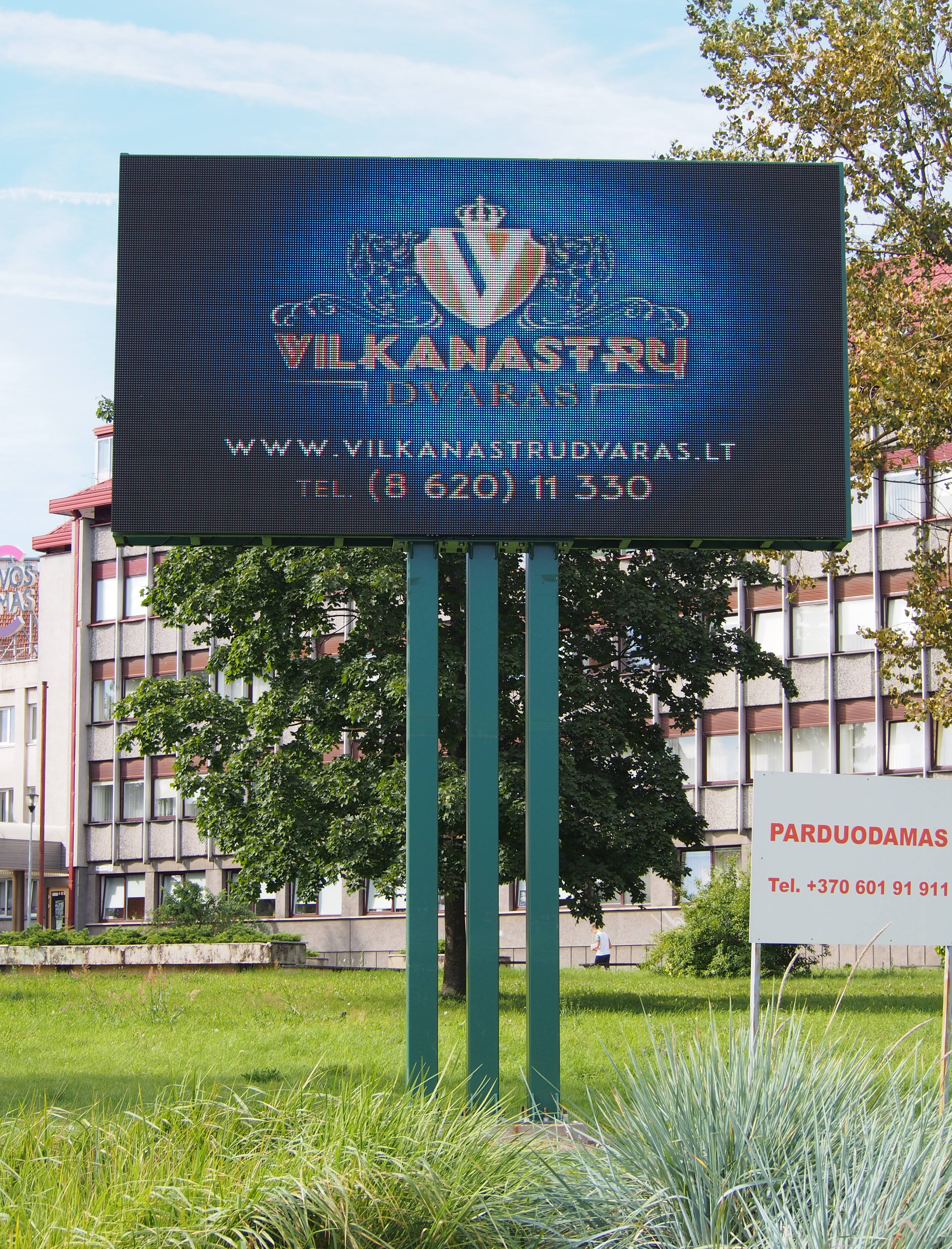

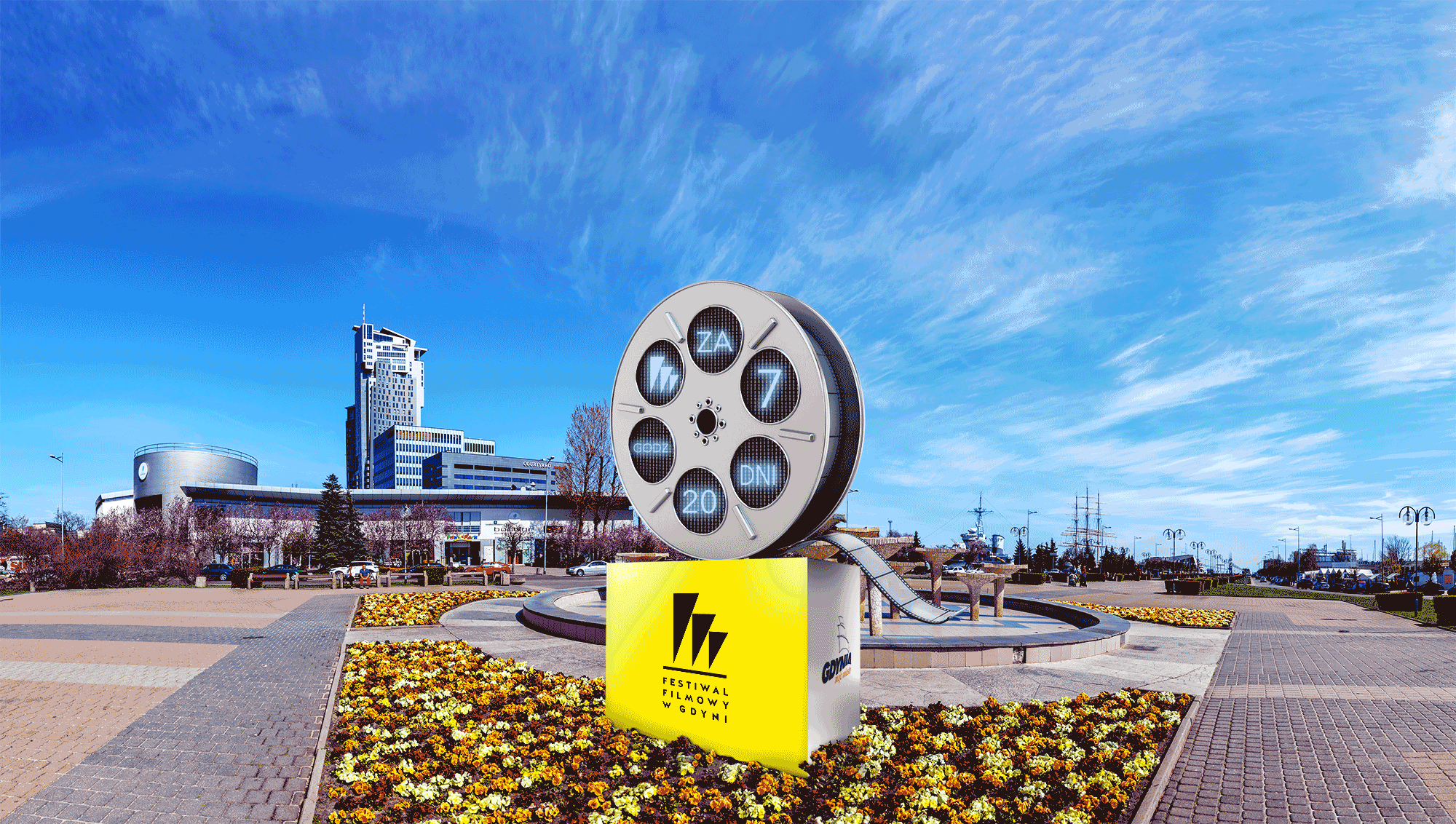
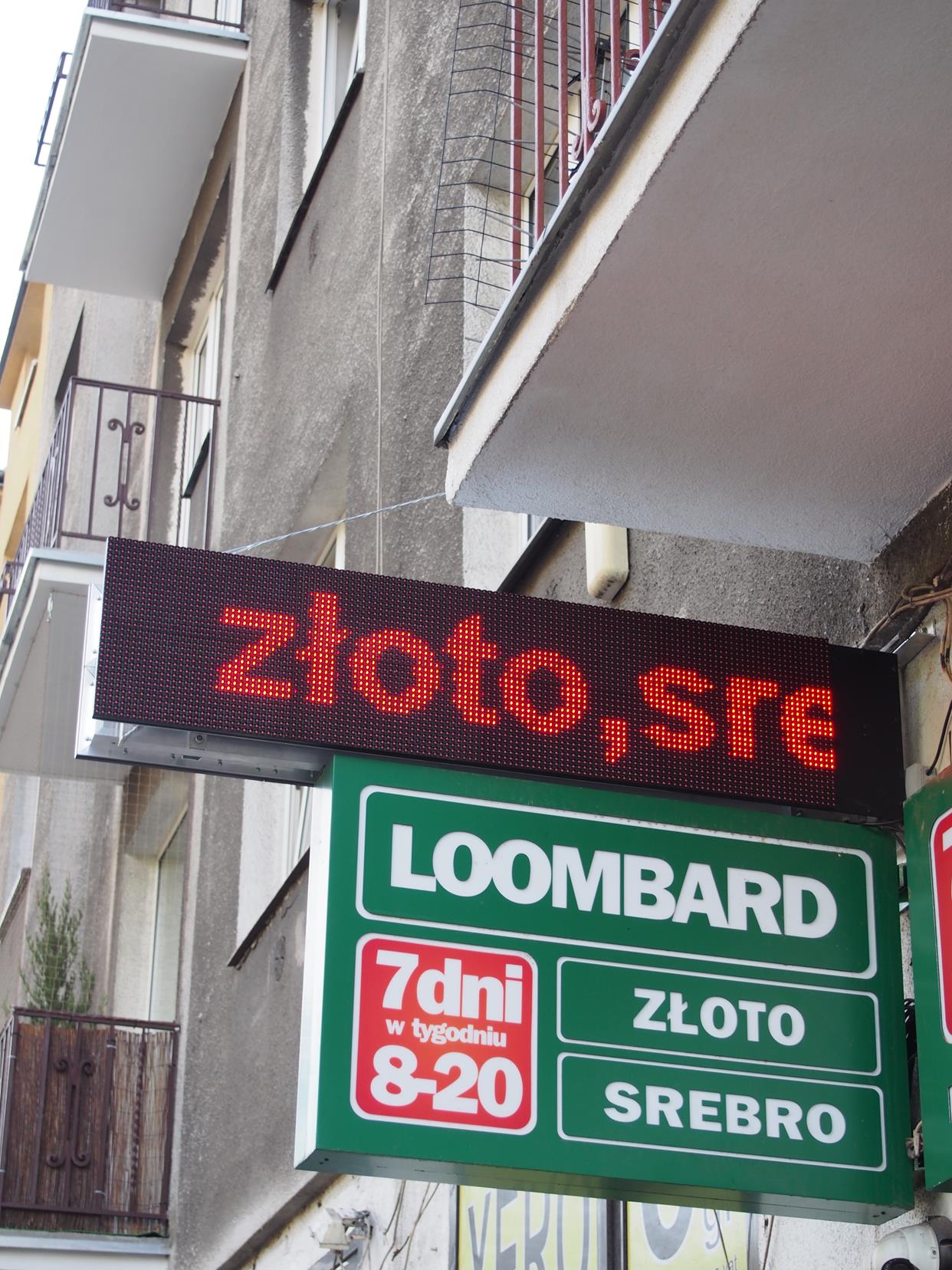
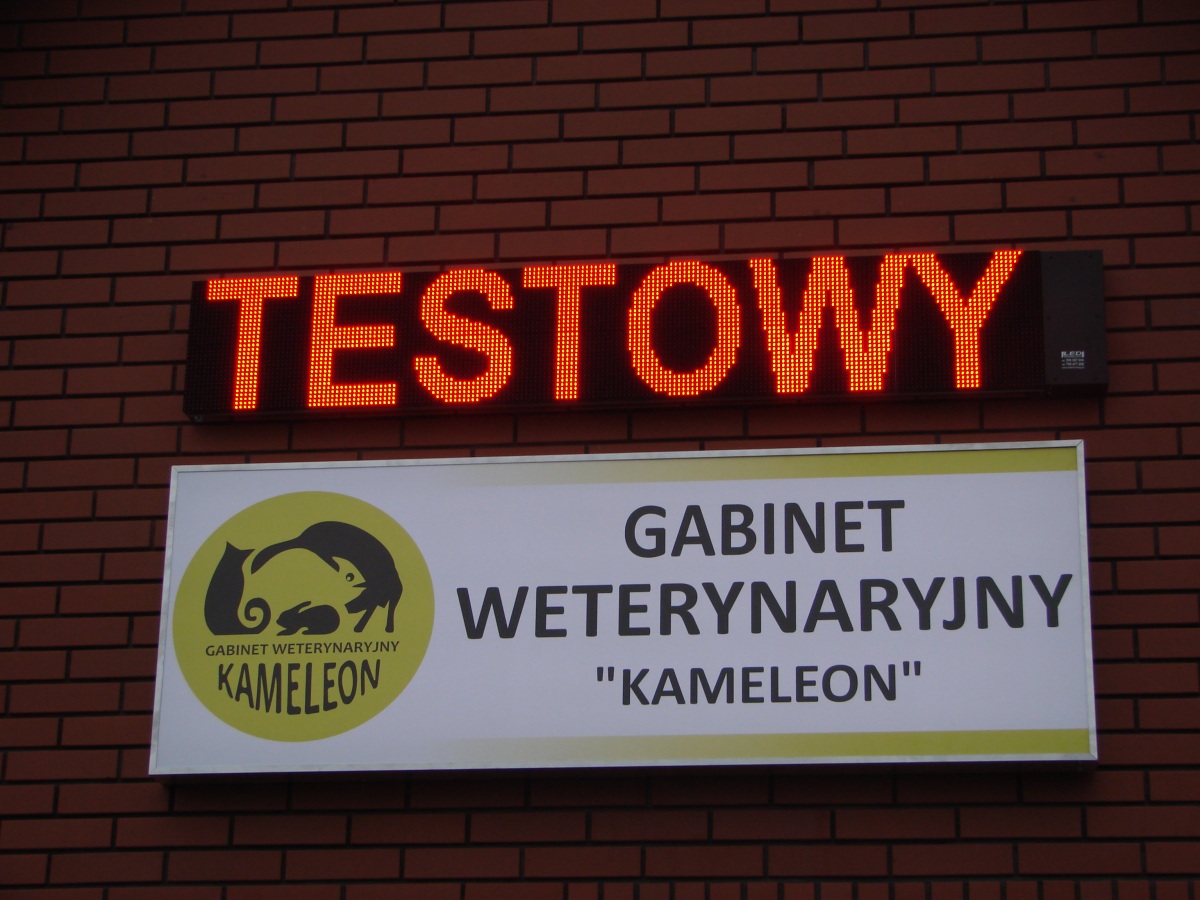
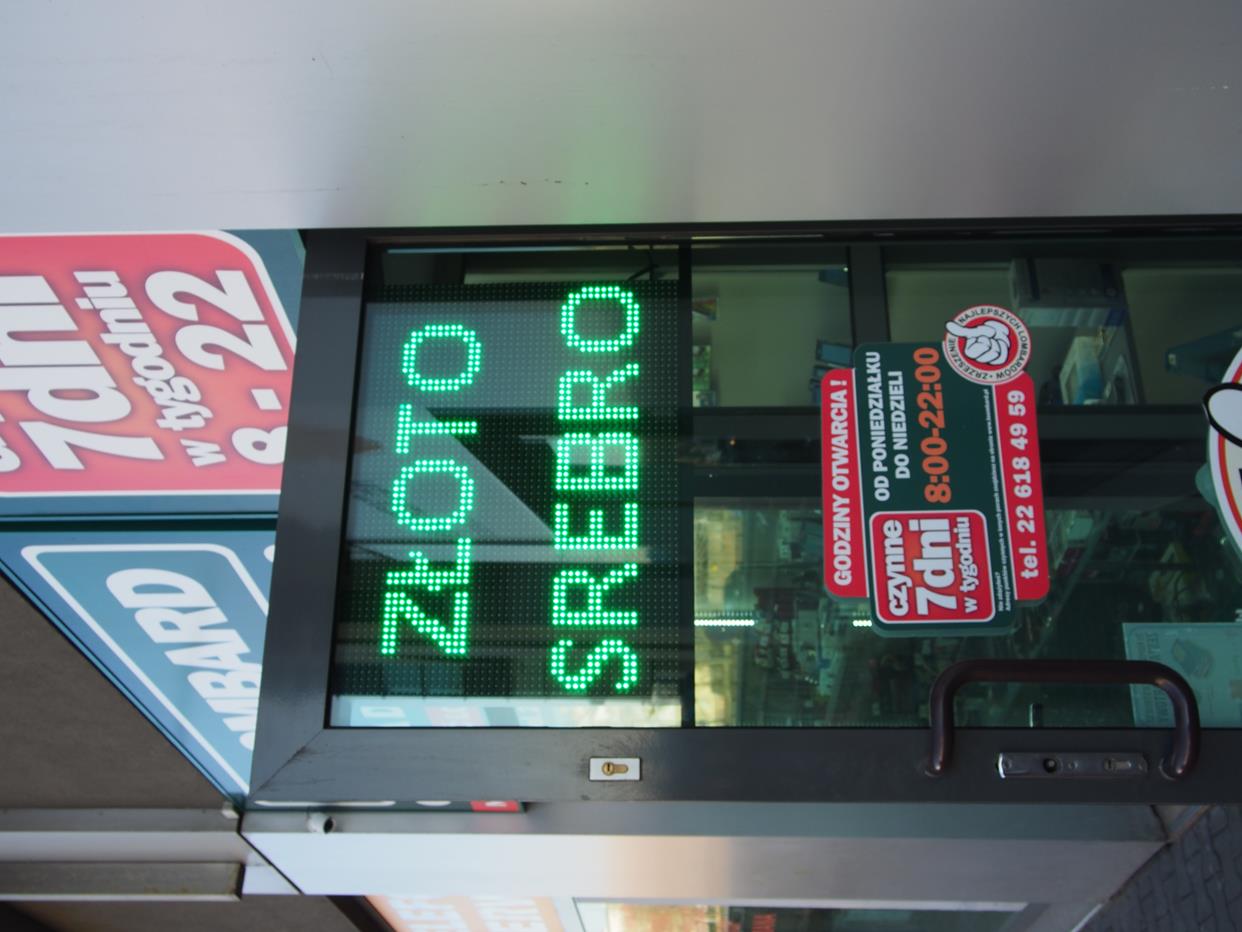








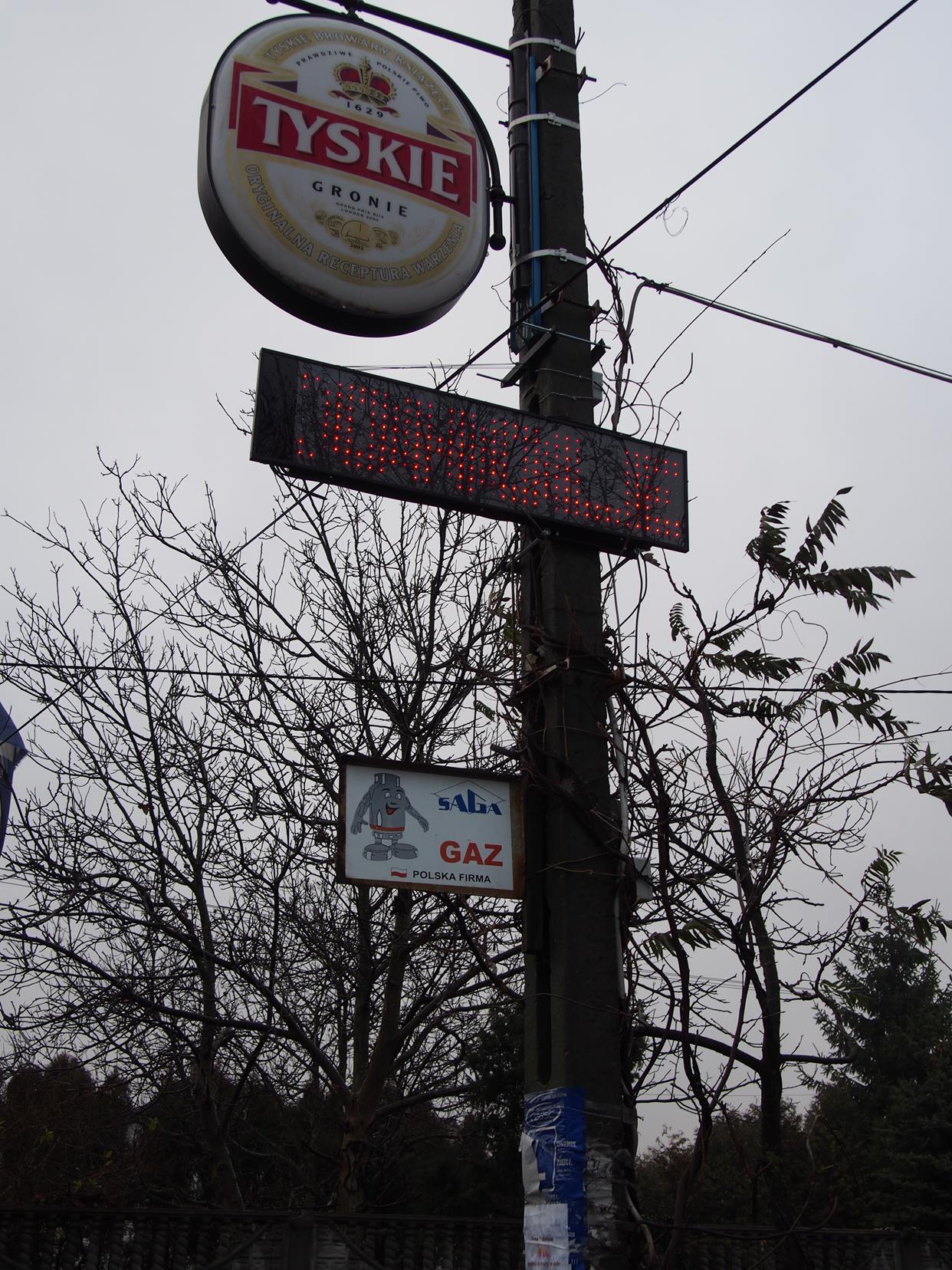








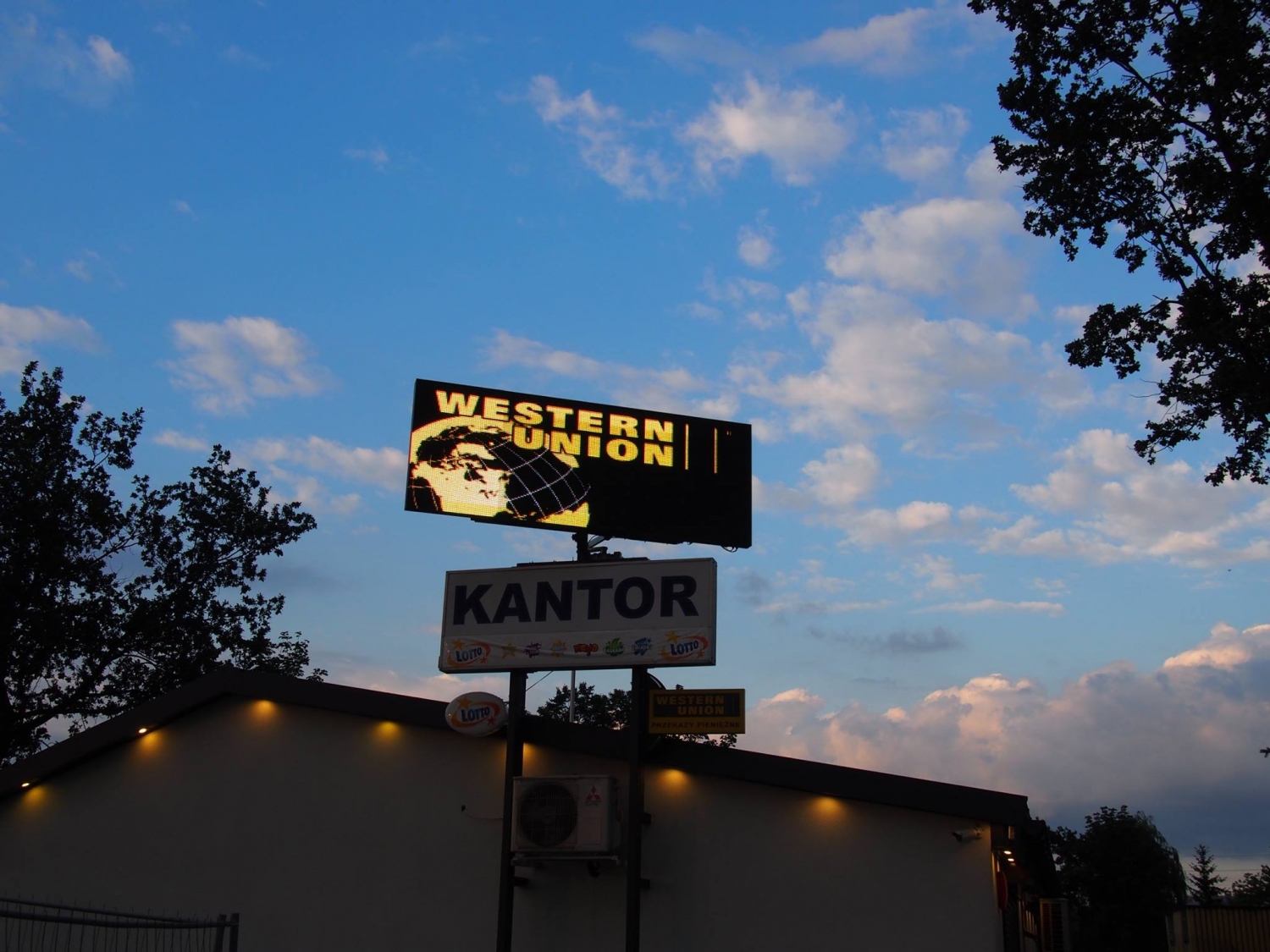





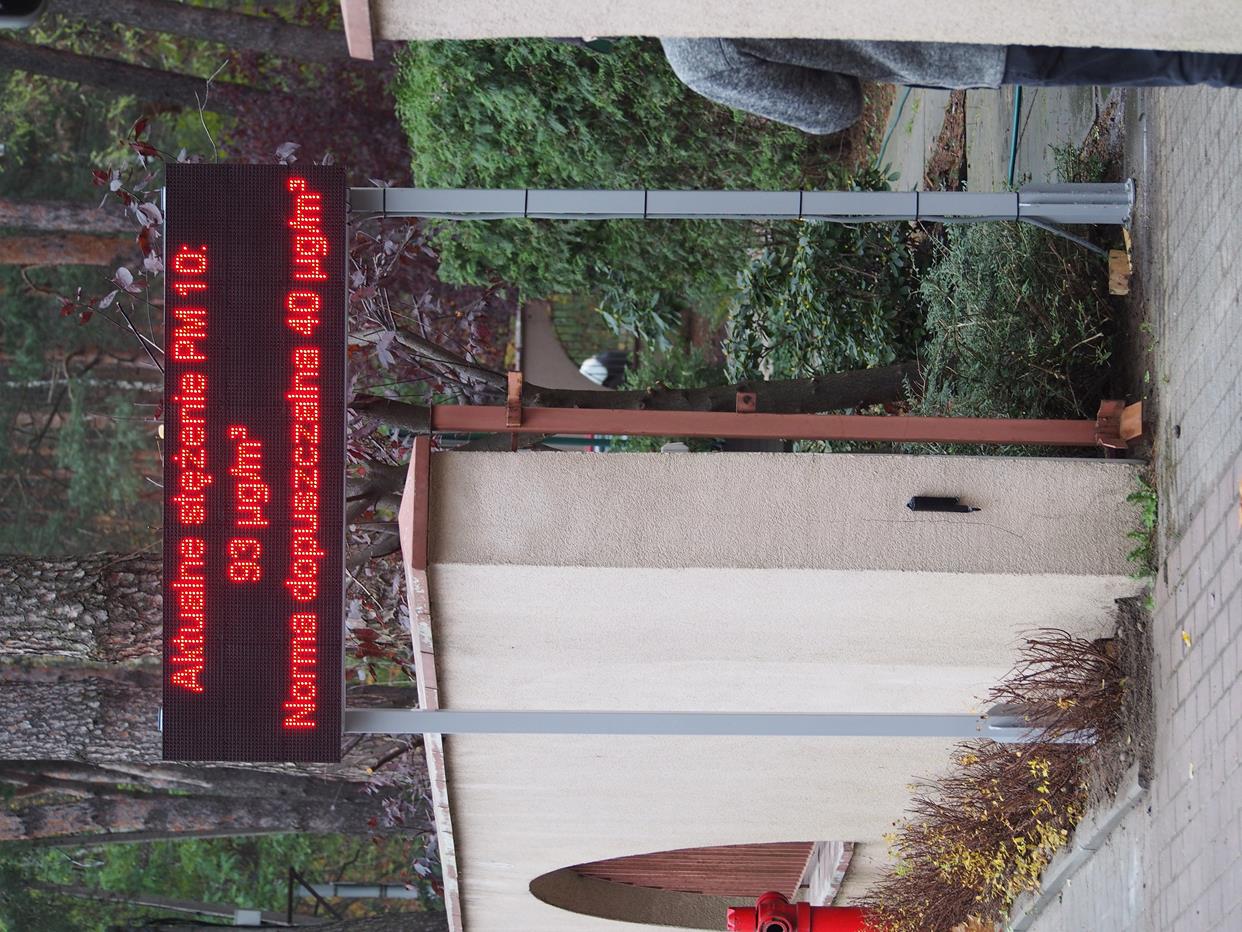
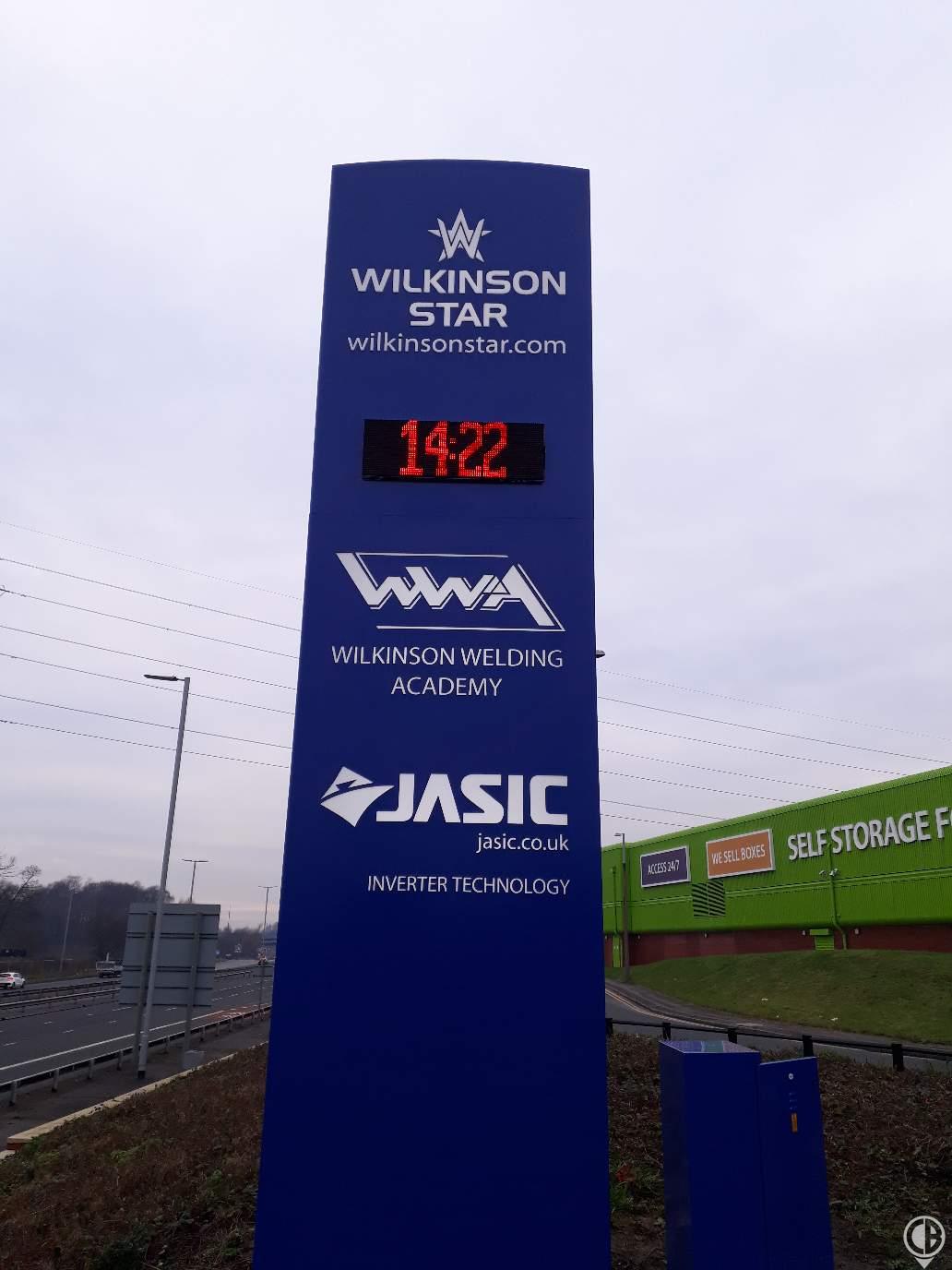

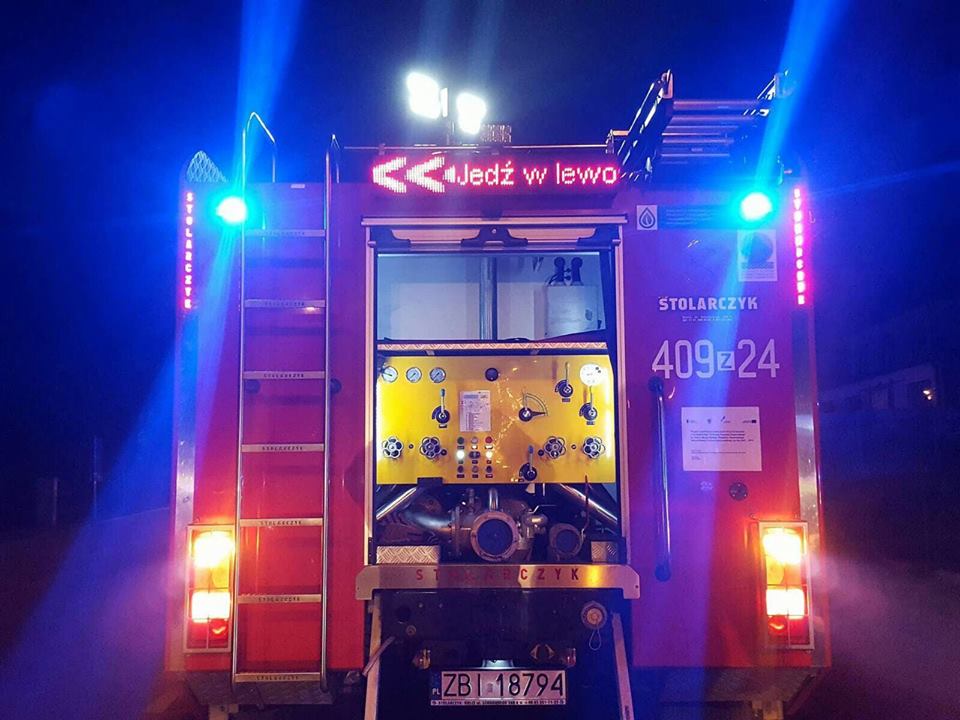




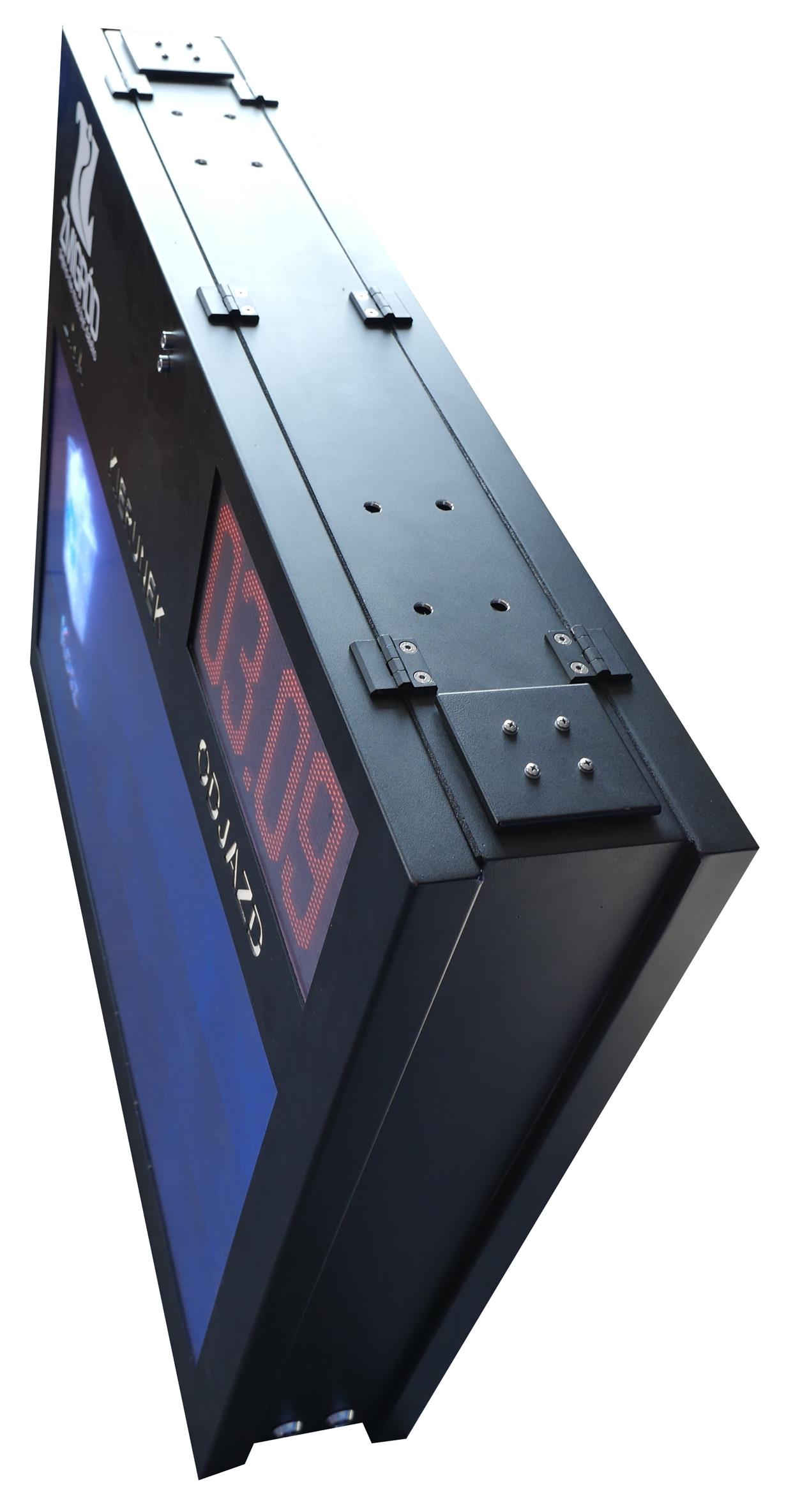






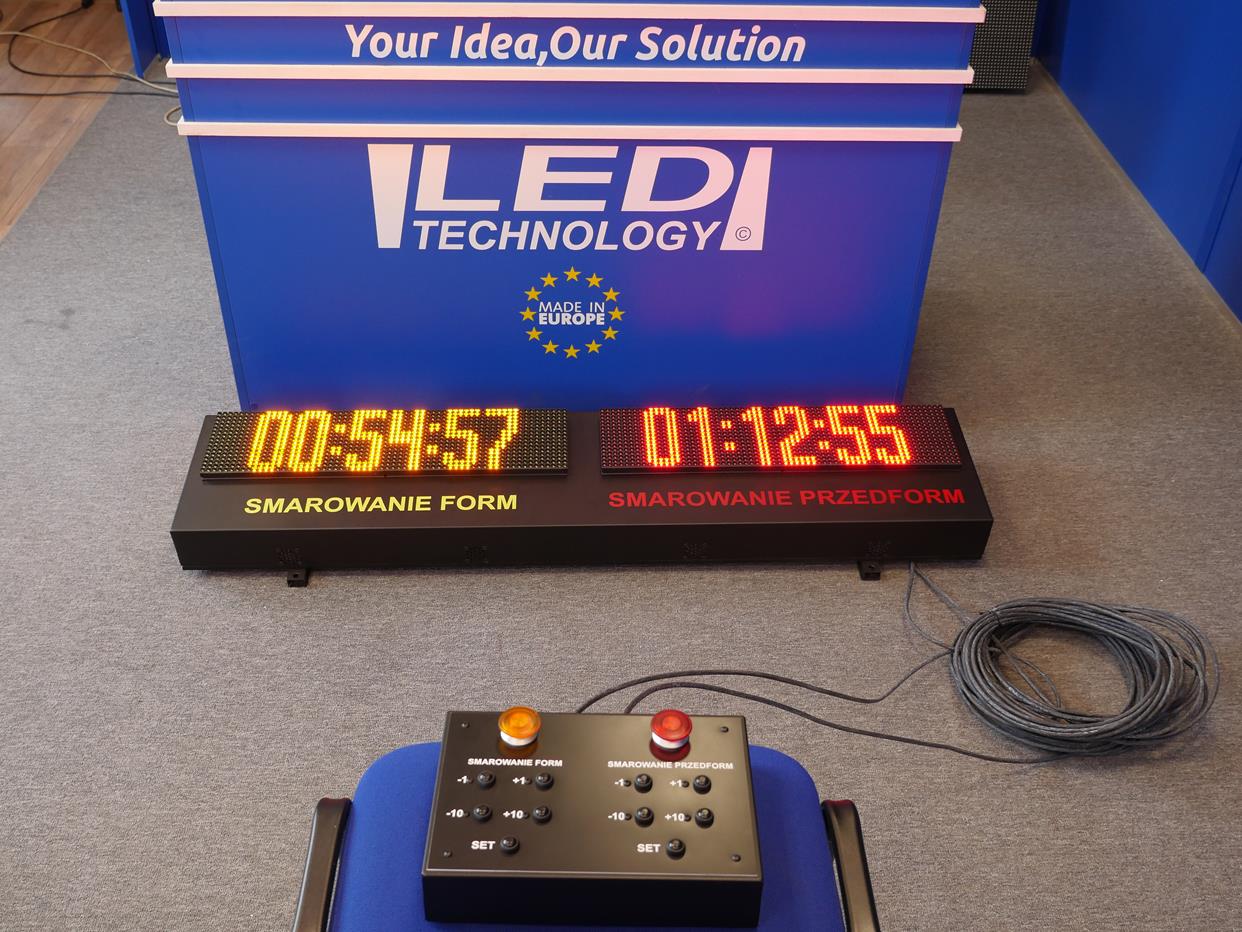

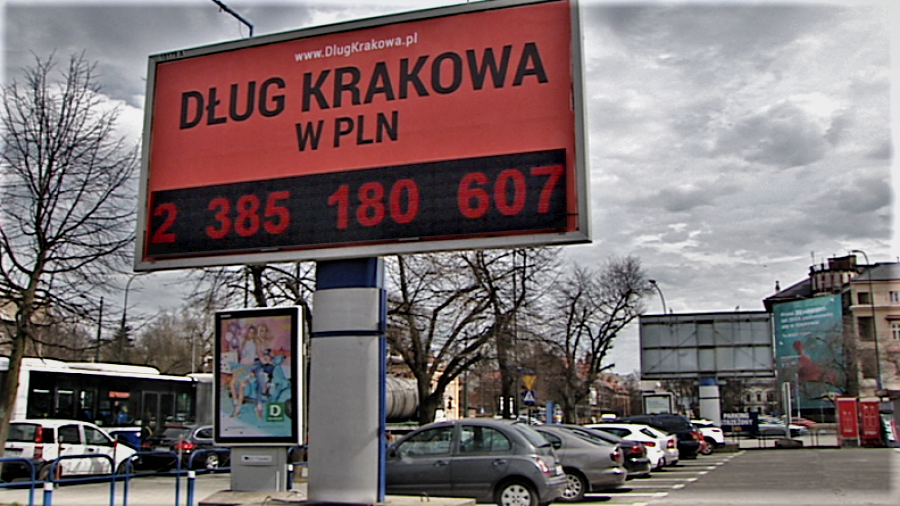











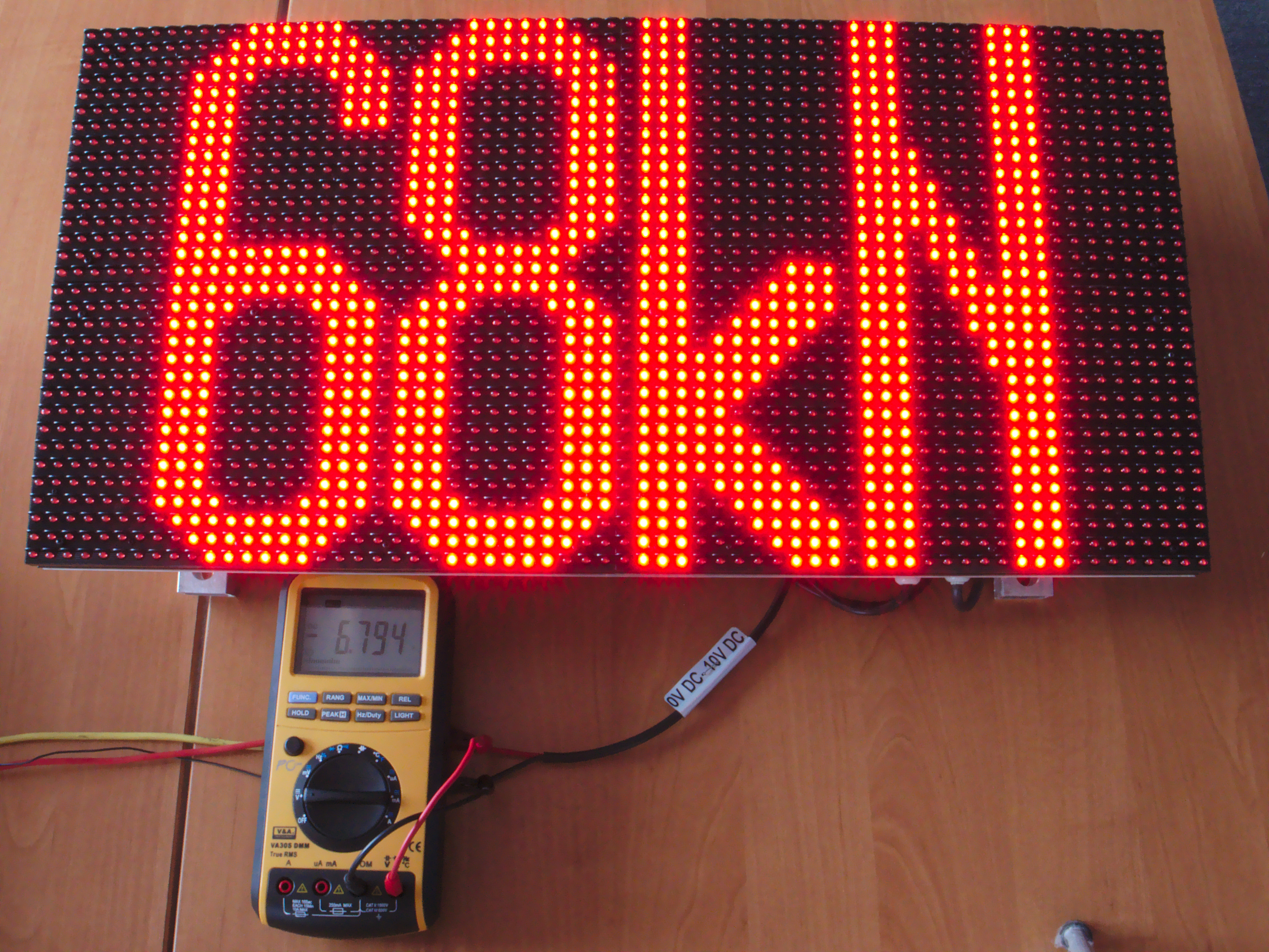
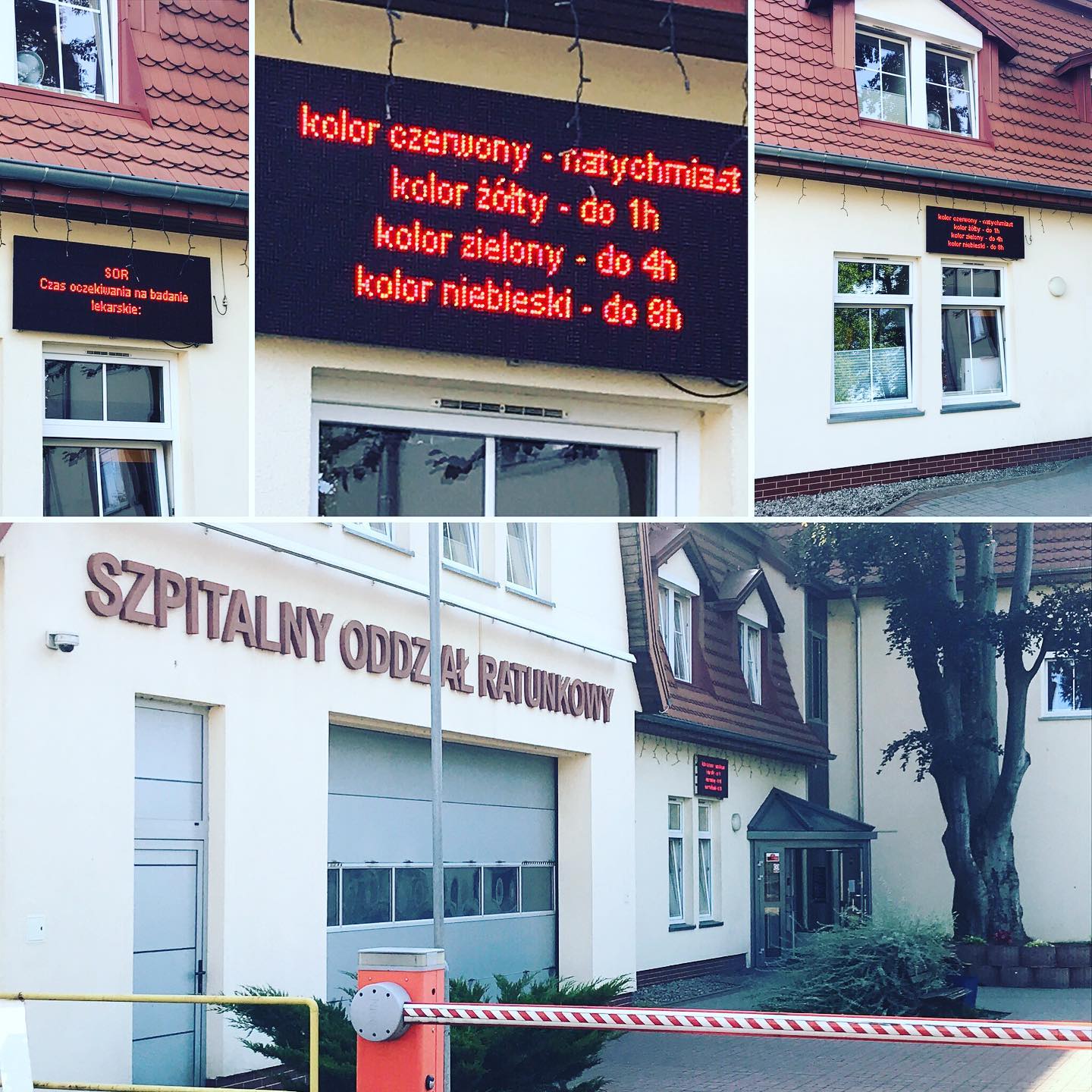




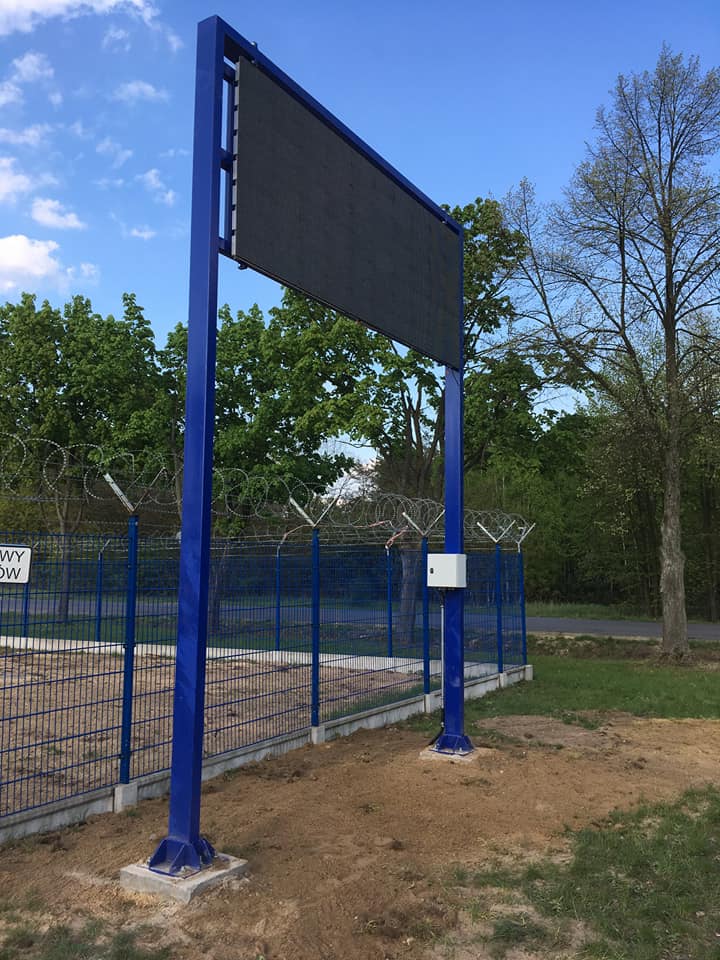

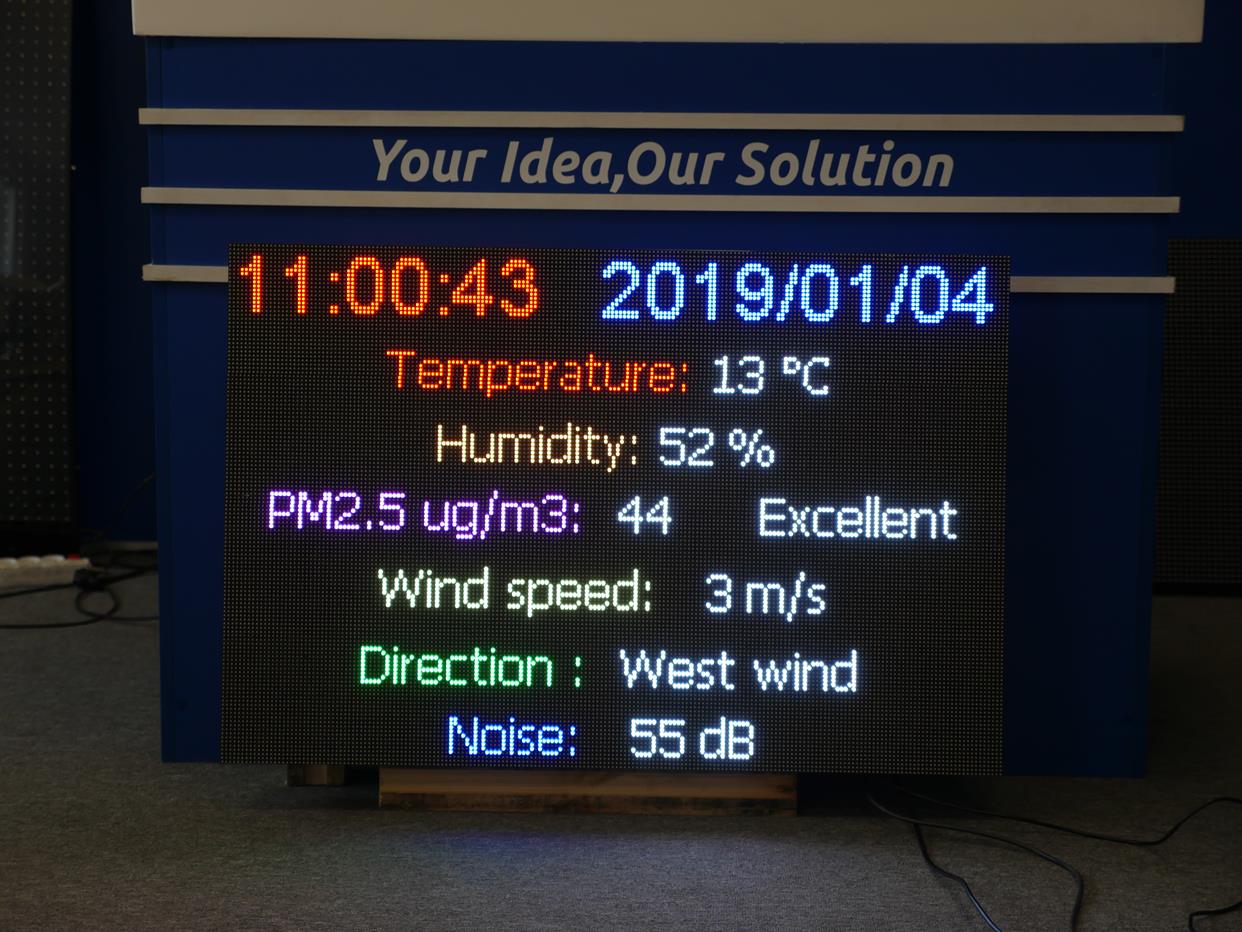

(96 x 224px)_1.JPG.jpg)


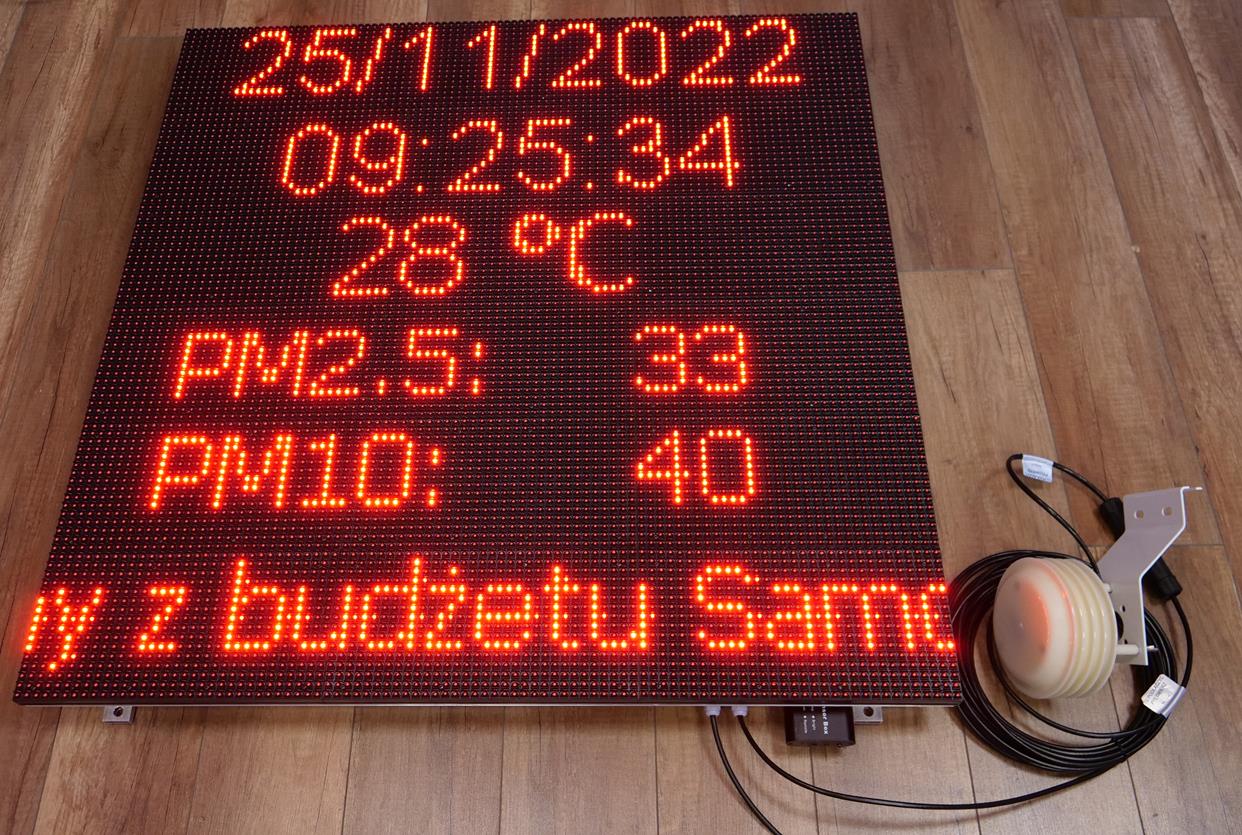

.jpg)
.png)
.JPG.jpg)
.JPG.jpg)
.JPG.jpg)
.JPG.jpg)

.JPG.jpg)
.JPG.jpg)
.JPG.jpg)
.JPG.jpg)
.JPG.jpg)
 .JPG.jpg)
.JPG.jpg)
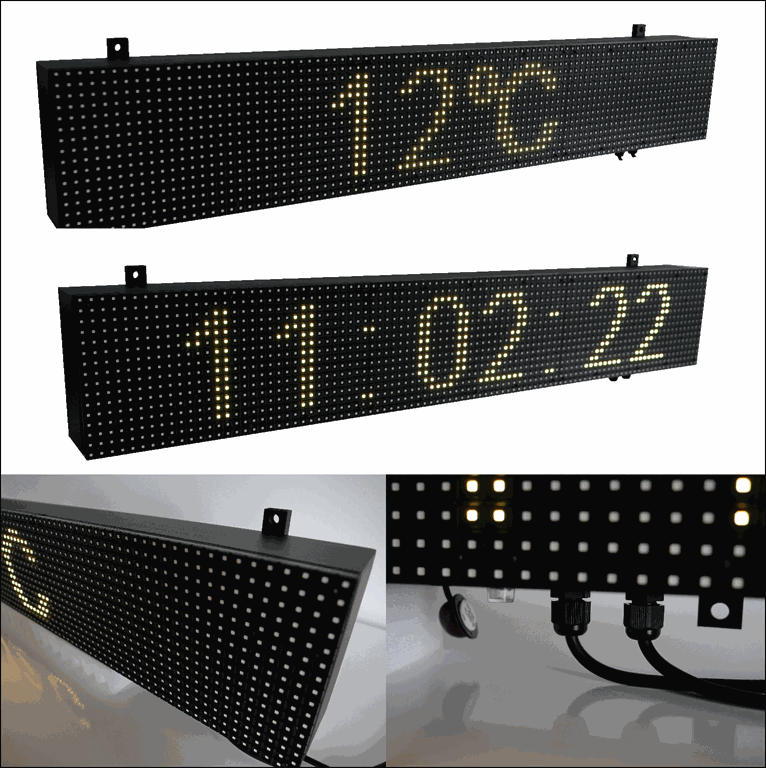
.gif)

